




























































































































































































Founded in 1952, the College of Fellows is composed of members of the Institute who are elevated to Fellowship by a jury of their peers. Fellowship is one of the highest honors the AIA can bestow upon a member. Elevation to Fellowship not only recognizes the achievement of the architect as an individual, but also elevates before the public and the profession those architects who have made significant contributions to architecture and to society.
Vice Chancellor Bursar
Secretary
Kate Schwennsen, FAIA
Jeanne Jackson, FAIA
William Hercules, FAIA
Steven Spurlock, FAIA
Editor-In-Chief
Associate Editor
Chair, Regional Representatives
Executive Director, College of Fellows
Jessica O'Donnell, AIA
Beresford Pratt, AIA
Stuart Pettitt, FAIA
Muza Conforti


COLLEGE OF FELLOWS NEWSLETTER

COLLEGE OF FELLOWS COMPONENT OPPORTUNITY GRANT APPLICATION
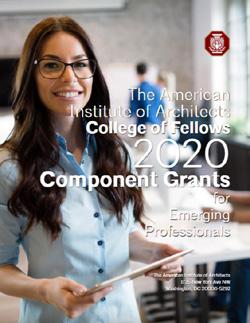
COLLEGE OF FELLOWS REGIONAL REPRESENTATIVE
WELCOME PACKET COLLEGE OF FELLOWS FORMER CHANCELLORS
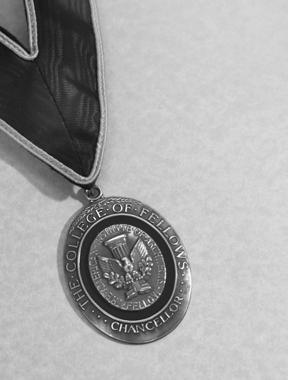
DIRECTORY YAF CONNECTION ARCHIVE

By Kate Schwennsen, FAIA

We welcome our new Fellows of the American Institute of Architects! We congratulate and thank you for what you have accomplished to advance the profession of architecture. Fellowship, AIA’s highest membership honor, has been bestowed by the Institute since its founding in 1857, recognizing achievements in practice, design, academia, public service, service to society, and service to the profession.
This is the beginning of the next chapter of your professional engagement. As a Fellow you are expected to advance the purpose of the College of Fellows which is to:
• Stimulate a sharing of interests among fellows,
• Promote the purposes of the Institute,
• Advance the profession of architecture,
• Mentor young architects,
• And be of ever-increasing service to society.
The College is the forum to share wide interests among over three thousand living Fellows, through local, regional and national publications, programs and gatherings. In 2025 the College of Fellows will advance the profession of architecture through a Latrobe Prize focused on Architecture’s contributions to human health; Support Upjohn Grants focused on advancing
the profession’s knowledge; Provide Component Grants focused on mentoring; and host Programs focused on furthering Fellowship. Please take this opportunity to engage with the programs of the College. Consider supporting the College financially to advance our efforts, and consider the College in your financial planning.
You have received this honor through a rigorous and proven process. We thank the AIA Fellows 2025 Jury for their significant efforts in reviewing the applications and elevating this exceptional class of architects to Fellowship. We have no doubt that they were inspired by the review of your applications.
We are excited to celebrate with you in June at AIA25 – and hope you can participate in all the College’s activities.
Kate Schwennsen, FAIA 2025 Chancellor
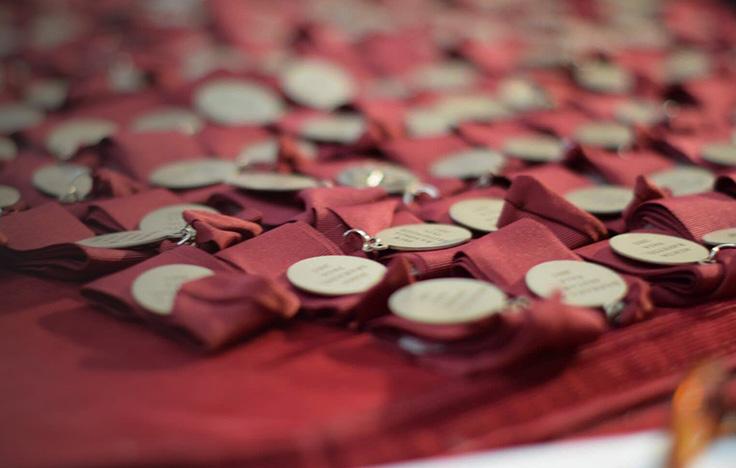
Fellowship is AIA’s highest membership honor. Architects who have made significant contributions to the profession and society and who exemplify architectural excellence can become a member of the College of Fellows. Only 3% of AIA members have this distinction.
Candidates for Fellowship must:
• Be an AIA architect member in good standing. This also applies to Architect Emeritus members.
• Have at least 10 cumulative years of architect membership prior to the submission deadline.
• You can verify your membership tenure with your local chapter or by emailing our Archivist at aiamembershiphistory@aia.org.
NOMINATION
Architect members may be nominated either by:
• The governing board of any chapter (state or local)
• A minimum of five (5) Fellows or ten (10) Architect members residing anywhere.
The jury considers how candidates have shown distinction in the context of their object, in relation to AIA's values, and whether their work has had a ripple effect.
Candidates are asked to demonstrate the "ripple effect" they have had on the profession. This is shorthand for your impact beyond the day-to-day work of your practice or outside your community. Ripple effect could be demonstrated by speaking, publications, mentoring, service to the profession, geographic impact, or legacy through others.
The six objects of nomination are essentially the award categories candidates apply under, and each object has specific criteria and requirements associated with it. The objects are identified in the AIA Rules of the Board (see: Rules, Section 2.5).
Visit https://www.aia.org/design-excellence/awards/fellowship for:
• More information
• Sample applications
• Previous examples of successful submissions
• Application deadlines
The 2026 Fellowship cycle is slated to open in June with submissions closing in October. More information will be available shortly on the website link noted above.
1 2 3 4 5 6 Fellowship Objects
Object 1: To promote the aesthetic, scientific, and practical efficiency of the profession.
Sub-objects: Design, Urban Design and Planning, Preservation
Fellowship in this object is granted to architects who have produced extensive bodies of distinguished work that has been broadly recognized for its design excellence through design, urban design, or preservation. This may be accomplished through individual or organizational effort. Works submitted may be of any size, for any client, of any scope, and reflecting any type of architectural design service.
Object 2: To advance the science and art of planning and building by advancing the standards of practice.
Sub-objects: Practice management, Practice Technical Advancement
Fellowship in this object is granted to architects who have made notable contributions through their work in the practice of architecture. Practice management includes firm management, administration, and project management. Practice technical advancement includes specific building types, and technical expertise. For example, practice technical advancement of preservation projects might be based on the architect’s strong commitment to historical research, implementation of unique preservation technique, and coupled with their strong focus on the actual construction implementation to enhance our physical heritage.
Object 3: To coordinate the building industry, and the profession of architecture.
Sub-objects: Led the Institute, Led a Related Organization
Fellowship in this object is granted to architects who have actively, efficiently, and cooperatively led the Institute or a related professional organization over a sustained period of time and have gained widespread recognition for the results of their work.
Object 4: To ensure the advancement of the living standards of people through their improved environment. Sub-objects: Public service, Government, Industry Organizations
Fellowship in this object is granted to architects who have made notable contributions in public service or work in government or industry organizations through leadership in the development of civic improvements and needed governmental projects, including such elements as conservation, beautification, land-use regulation, transportation, or the removal of blighted areas, or who have clearly raised the standards of professional performance in these areas by advancing the administration of professional affairs in their fields.
Object 5: To make the profession of ever-increasing service to society.
Sub-objects: Alternative career, Service to Society, Volunteer work with organizations not directly connected with the built environment.
Fellowship in this object is granted to architects who have made notable contributions to one of the following: an alternative career related to architecture that illustrates outstanding achievements that supports the architectural profession; extensive volunteer work with organizations not directly connected with the built environment; or service that transcends the customary architectural practice that have wide-reaching impacts that serve as a national model.
Object 6: To advance the science and art of planning and building by advancing the standards of architectural education and training.
Sub-objects: Education, Research, Literature
Fellowship in this object is granted to architects who have made notable contributions through their work in education, research, or literature. Work in education may be teaching, research, administration, or writing and should have a lasting impact, be widely recognized, and provide inspiration to others in the field and the profession. Research areas may include building codes and standards, specifications, new material applications, or inventions.

David W. Altenhofen, FAIA
AIA Pennsylvania |AIA Philadelphia Object 2 | Practice (Technical Advancement)
David Altenhofen advances the resiliency and energy efficiency of the built environment by integrating high-performance enclosure systems into award-winning architecture, His leadership and knowledge-sharing spurs collaboration and elevates colleagues across the country and beyond.
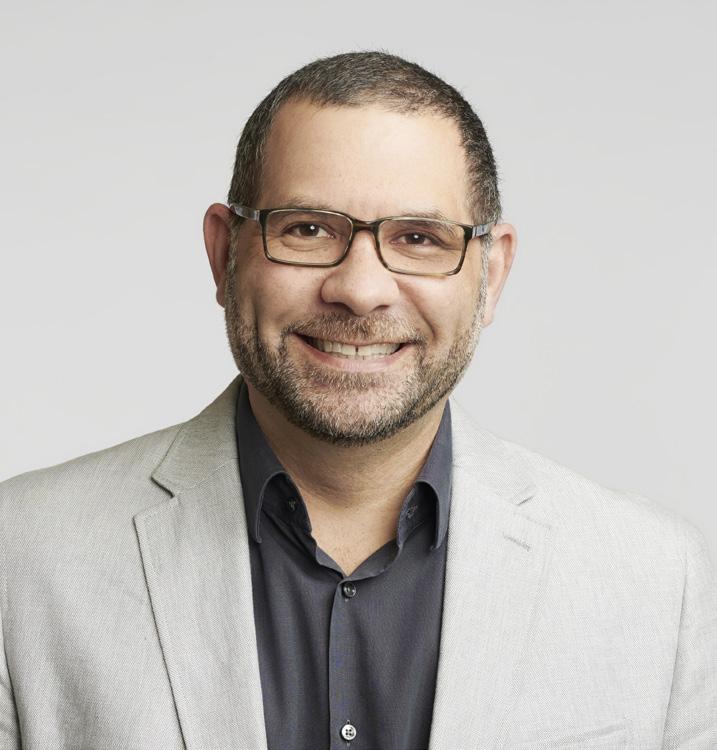
José Luis Alvarez, FAIA
AIA Louisiana | AIA New Orleans
Object 1 | Design
Emigrating from Venezuela to the US in 1997, José Alvarez has forged a path to architectural excellence that transforms complex ideas into elegant, communitycentered designs, while simultaneously focused on elevating diversity in the profession.

Farooq Ameen, FAIA
AIA California Council | AIA Los Angeles Object 1 | Urban Design
Farooq Ameen transforms contemporary urban place-form through incremental urban interventions that celebrate culture and advance social equity. He elevates the architect’s role as the orchestrator of inclusive community revitalization on a global scale.

R. Burton Baldridge, FAIA
Texas Society of Architects | AIA Austin
Object 1 | Design
Burton Baldridge’s deliberate design approach commits to attentive restraint by striving for uncompromising clarity, seamless resolution, and inspired pragmatism. The result is timeless and intellectually rigorous work recognized for its precision, legibility, and contextual sensitivity.

Jay M. Brotman, FAIA
AIA Connecticut
Object 2 | Practice (Technical Advancement)
Through architecture and advocacy, Jay Brotman empowers vulnerable communities by advancing school design and safety, elevating the human spirit with integrated artworks, and sharing transformative knowledge inspiring measurable change for the betterment of all.

Texas Society of Architects | AIA Houston
Object 2 | Practice (Technical Advancement)
Tom Bayer fosters a culture of innovation and professional growth by empowering teams through transparent processes, sharing tools to manage risks and outcomes, and leading with a peopleoriented focus that draws on real-world experience.

AIA New York State | AIA Long Island
Object 3 | Led the Institute
Graciela Carrillo tenaciously created paths for women, immigrant architects and emerging professionals, thereby expanding and strengthening the AIA community. Her initiatives extend globally, empowering immigrant architects and elevating Latina representation in the profession.

Katherine Shaloo Berg, FAIA
AIA Oregon | AIA Portland
Object 1 | Design
Katherine Berg draws on comprehensive analysis and active listening to design transformative environments that enrich the human experience and push the limits of efficiency and performance.

Stephen J. Cavanaugh, FAIA
AIA Illinois | AIA Chicago
Object 2 | Practice (Technical Advancement)
Forging a path toward carbon neutrality, Steve Cavanaugh pioneered the use of mass timber for large-scale structures. His innovation, technical leadership, and advocacy advance architecture by reducing the environmental impact of building construction.
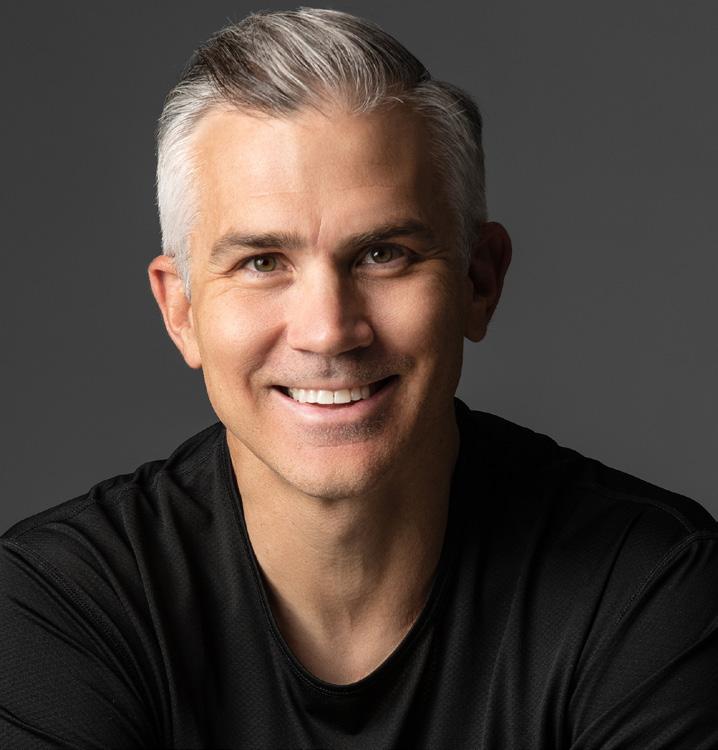
Daniel Joseph Chenin, FAIA
AIA Nevada | AIA Las Vegas Object 1 | Design
Daniel brings his roots in the Nevada desert to creating meticulously detailed, environmentally responsive designs. He merges the aesthetic and functional qualities of materials with form and mass to harmonize interior and exterior spaces.

Brendan P. Connolly, FAIA
AIA Washington | AIA Seattle Object 1 | Design
Brendan Connolly advances architectural practice through integrated design partnerships and non-traditional project delivery for educational spaces. His national design leadership unifies institutions and amplifies learning outcomes and environmental stewardship through place-based, highperformance building solutions.

AIA Washington DC Object 2 | Practice (Management)
Lisa Cholmondeley advances inclusive practice across cultures, disciplines, and project types by leading complex global teams. She builds a diverse profession that rises to meet emerging challenges and promotes equitable design through research.
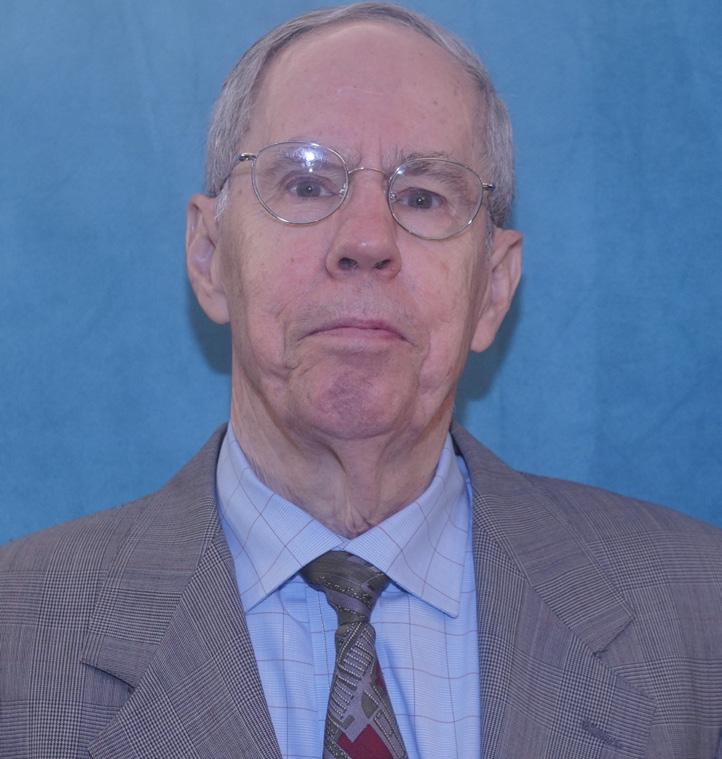
AIA Maryland | AIA Potomac Valley Object 5 | Service to Society
John Corkill exemplifies the three pillars of the AIA – Advocacy, Knowledge, and Community – working across these tenets to promote individual growth for architectural professionals and advance collective progress within communities served by architects.
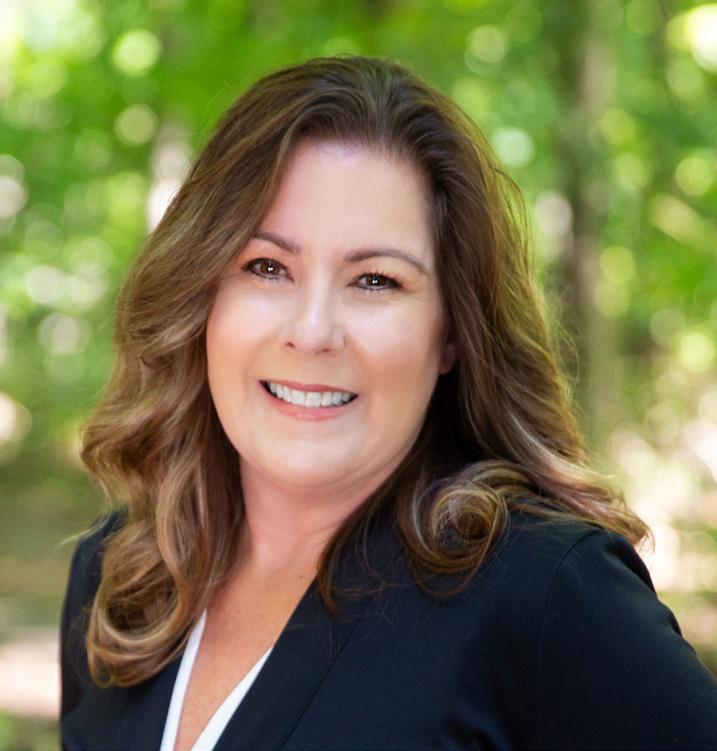
Laura A. Clary, FAIA
AIA Michigan | AIA Detroit Object 2 | Practice (Technical Advancement)
Laura Clary advances the architect’s leadership role in design innovation for scientific facilities internationally. She leads the next generation, leveraging diversity and amplifying discovery, knowledge, and technology to tackle the world’s most urgent problems.
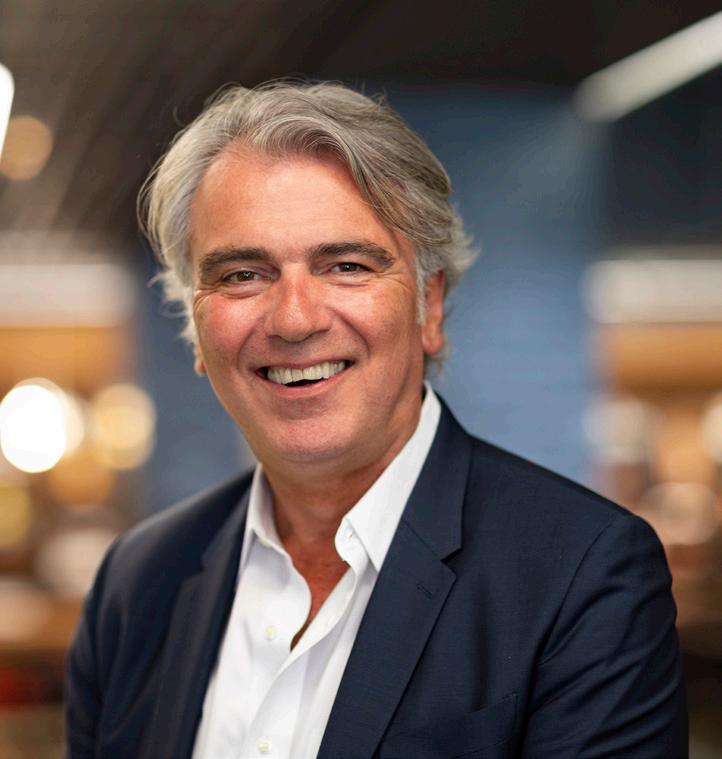
AIA New York State | AIA New York Chapter Object 2 | Practice (Technical Advancement)
James Crispino advances healthcare strategy, planning, and architecture by bringing principles of medical research, along with novel implementation methodologies and constant reassessment, to healthcare design. His projects are game changers for institutions and their constituents.

Karl Daubmann, FAIA
AIA Michigan | AIA Detroit
Object 6 | Education
Karl Daubmann is a renowned international visionary leader in architectural education, he integrates design, technology, and research, expanding the profession through mentorship and multidisciplinary collaborations as an accomplished architect at the forefront of digital design

Stuart Emmons, FAIA
AIA Oregon | AIA Portland
Object 2 | Practice (Technical Advancement)
Stuart Emmons is a national leader in designing and implementing modular housing. As an architect and community leader, he demonstrates that innovation in housing is essential to making transformational progress in addressing our housing crisis.

AIA California Council | AIA San Diego
Object 5 | Service to Society
With an enthusiastic passion for architecture, Laura DuCharme Conboy creates partnerships uniting non-profit organizations with built environment professionals by creating engaging and interactive K-12 programs, inspiring youth to envision a better world through design.
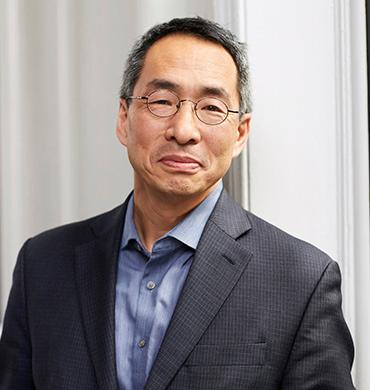
Eric Fang, FAIA
AIA New York State | AIA New York Chapter Object 2 | Practice (Technical Advancement)
A dedicated champion for resiliency and sustainability at the community scale, Eric Fang creates transformative plans integrating infrastructure, placemaking, and the built environment. His projects and thought-leadership promote the architect’s role in addressing climate change.
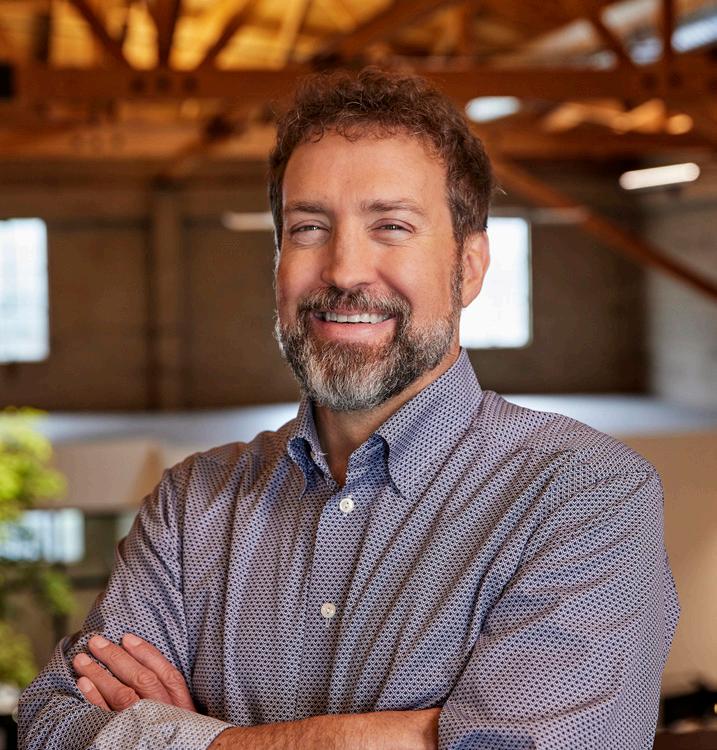
William S. Duff, Jr., FAIA
AIA California Council | AIA San Francisco
Object 2 | Practice (Management)
For over 25 years, William Duff has developed a much admired people-based practice where creativity is democratized, business management is transparent, and employee growth and well-being are championed.

AIA Arkansas
Object 6 | Education
John Folan emboldens future generations of architects, makers, and citizens to catalyze change through the construction of collaborative practice models that value partnerships of difference, collective intelligence, and resourcefulness in design.

Arathi Gowda, FAIA
AIA Washington DC
Object 2 | Practice (Technical Advancement)
Citizen architect and change agent
Arathi Gowda redefines architecture’s capacity to build a sustainable future through real-world action. She educates and inspires by aligning equitable decarbonization with advocacy, leveraging aspirational design for climate action.

W. Hayes, FAIA
AIA New York State | AIA New York Chapter
Object 6 | Literature
For thirty-five years, Richard W. Hayes has combined scholarship with architectural practice. While working for prominent design firms in New York, Hayes has earned acclaim for his scholarship on American architectural education and British design.

Elizabeth M. Hallas, FAIA
AIA Colorado | AIA Denver
Object 1 | Preservation
Liz Hallas leverages her community based sustainable preservation design expertise to lead the most challenging national historic landmark rehabilitations across the West. Concurrently, she expands the national preservation conversation through advocacy and knowledge sharing.

AIA Illinois | AIA Chicago
Object 2 | Practice (Technical Advancement)
As both an architect and contractor, I leverage my dual roles to overcome challenges and forge new pathways and partnerships, creating sustainable architecture that enriches lives, benefits the planet and shapes vibrant futures.

Michael J. Hanrahan, FAIA
AIA New Jersey | AIA Central New Jersey
Object 2 | Practice (Technical Advancement)
Michael Hanrahan restores nationally significant buildings and revitalizes communities through artful design, creative planning, and innovative financial strategies. His persistent advocacy for historic preservation safeguards our built heritage and enriches our future.

Ali C. Höcek,
AIA New York State | AIA New York Chapter
Object 5 | Service to Society
Integrating his work across community engagement, teaching, and practice, Ali C. Höcek’s collaborations with non-profits, creatives, students, and professionals at local and international levels create transformative, uplifting environments and initiatives, particularly benefiting underserved communities.
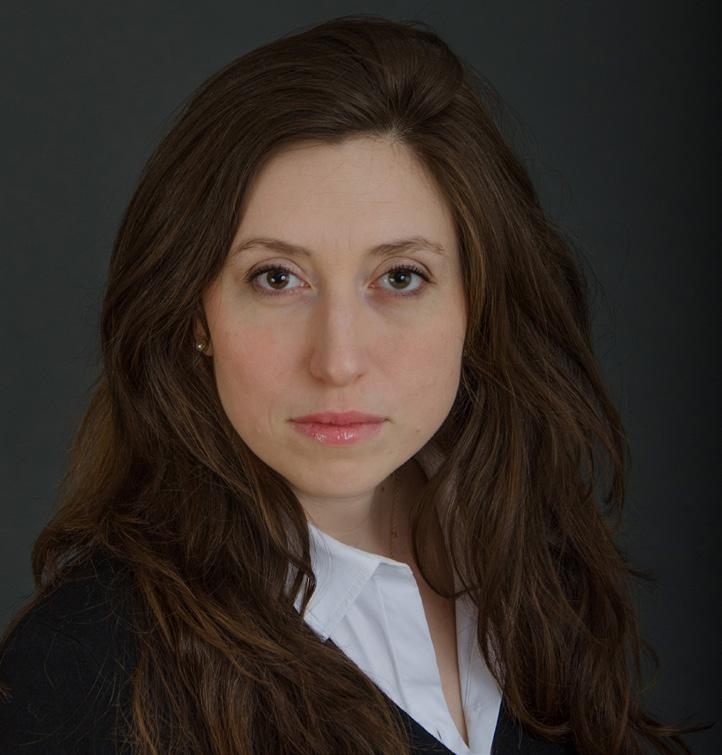
Katherine M. Hogan, FAIA
AIA North Carolina | AIA Triangle Object 1 | Design
Katherine Hogan designs architecture for public impact. Her work combines social concern and awareness of the challenges communities face with experimentation in materials, building systems and constructability to provide design excellence at any scale.
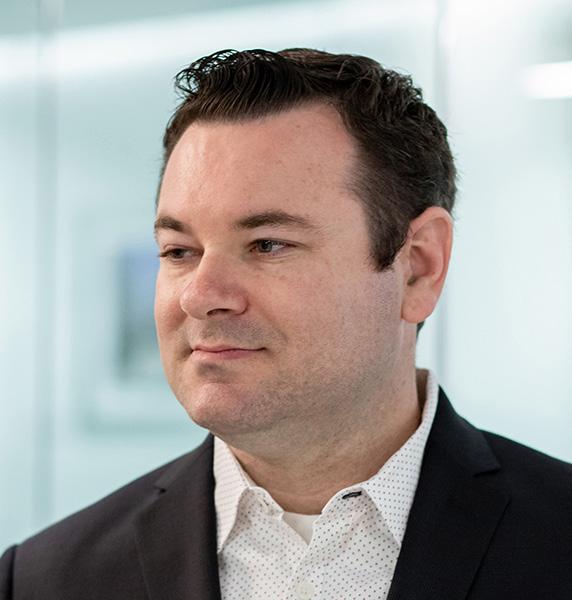
Benjamin I. Kasdan, FAIA
AIA Washington DC Object 3 | Led the Institute
Benjamin Kasdan advances the success of Emerging Professionals, clarifying and clearing their paths to licensure. His policy activism, innovative leadership, and inclusive engagement pave the way for the next generation of architect leaders to thrive.
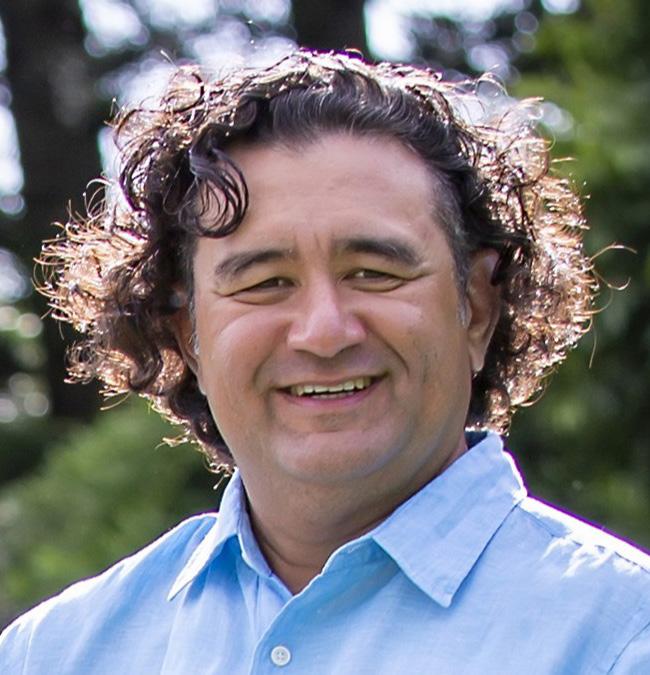
Robert K. Iopa, FAIA
AIA Hawaii State Council | AIA Honolulu Object 5 | Service to Society
Nana Imua Nana Ihope. Looking forward, Looking back. Rob Iopa… Steward of Lineage and Genealogy, Voice for generational Stories, Advocate Honoring “Yesterday”. Creative Author of Inspired Journeys, Perpetuating Innate Indigenous Values. Mindful Contributor to “Tomorrow”.
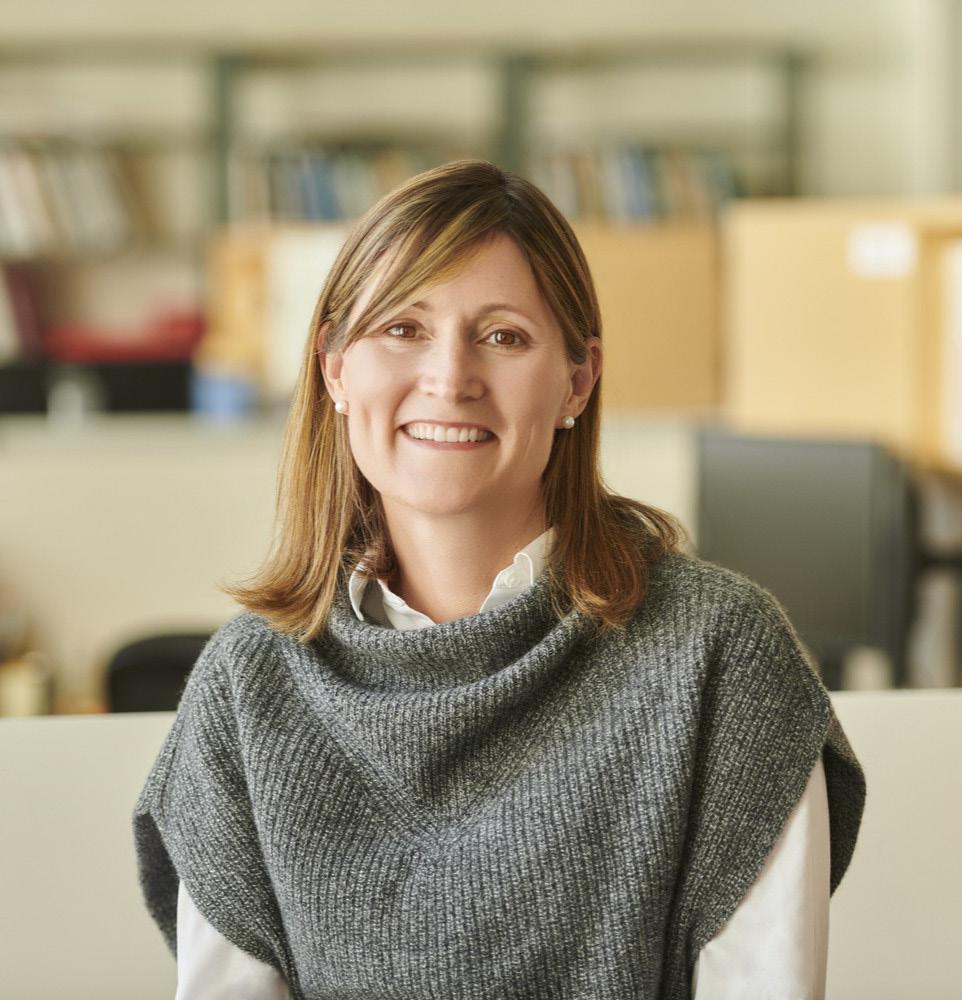
AIA California Council | AIA San Francisco Object 2 | Practice (Technical Advancement)
Carolyn Kiernat reimagines historic buildings through rehabilitation and adaptive reuse, extending their role as cultural assets and positioning them as drivers for sustainability and economic growth. Her vision enriches communities and her leadership inspires generations.
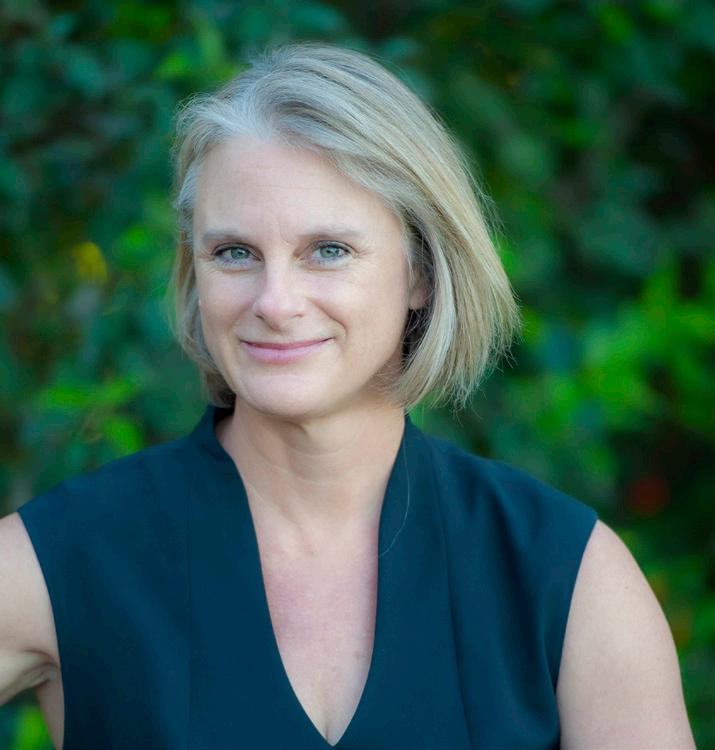
Camille U. Jobe, FAIA
Texas Society of Architects | AIA Austin Object 1 | Design
Camille Jobe’s work elevates the experiences of daily life by engaging the senses; illuminating layers of ideas, textures and craft; and demonstrating an uncommon level of care that is similarly reflected in her professional leadership.

Julie Ju-Youn Kim, FAIA
AIA Georgia | AIA Atlanta Object 6 | Education
Julie Ju-Youn Kim transforms design pedagogy by bridging architecture education and practice. Educator, Practitioner, and Author, Julie advances the discipline of architecture by empowering and enriching future architects and leaders in practice.

Stephanie M. Kingsnorth, FAIA
AIA California Council | AIA Los Angeles Object 1 | Preservation
Stephanie Kingsnorth has re-imagined the role of preservation and adaptive reuse in re-vitalizing diverse campus and urban communities through embracing the imperatives of climate change, cultural equity, and pride of place.

William G. Kontess, FAIA
AIA Alaska
Object 4 | Public Service
Bill Kontess advances humanistic planning, design, and environmental policy for US military communities worldwide. He energizes colleagues, peers and emerging architect through education, service and advancing collaboration between architects and allied professionals.

AIA Washington DC Object 2 | Practice (Technical Advancement)
Suzanne Klein’s collegiate projects harness the power of architecture to propel engaged learning, belonging, and community building. Leveraging expertise and collaborative methodologies, she transforms campus typologies, drives design excellence, and inspires generations of professionals.

Praful Kulkarni, FAIA
AIA California Council | AIA Los Angeles Object 5 | Service to Society
Praful Kulkarni revolutionized public sector procurement of design-build services, elevating the Architect as the process orchestrator, ameliorating owner/builder disconnects and benefitting taxpayers, users and the profession through higher quality, costeffective project outcomes.

Jennifer T. Knudsen, FAIA
AIA California Council | AIA Los Angeles Object 2 | Practice (Management)
A recognized industry trailblazer, Jenna Knudsen embraces an inclusive leadership ethos. Engaging diverse perspectives across collaborative platforms in both management and design, she consistently challenges her peers to pursue an integrated and transformative practice paradigm.
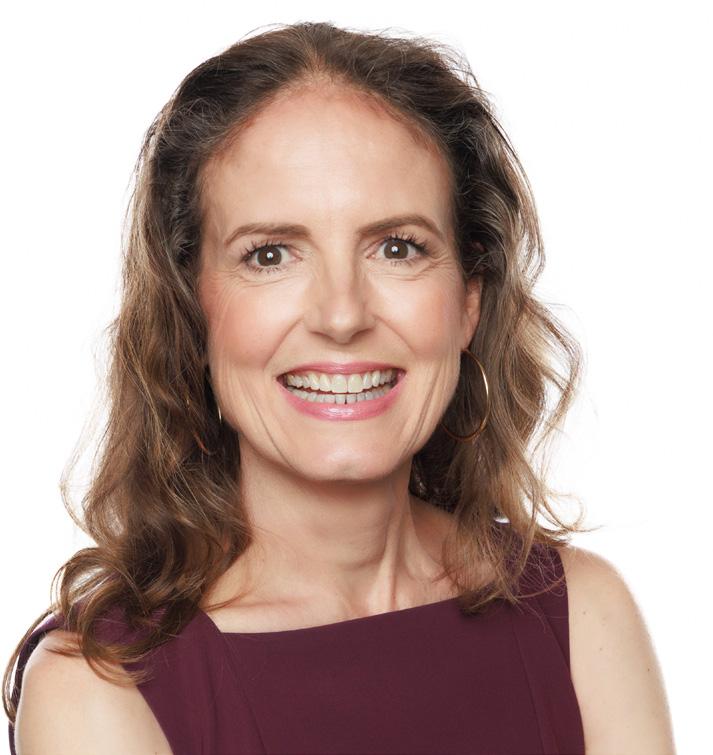
Andrea D. Lamberti, FAIA
AIA New York State | AIA New York Chapter Object 2 | Practice (Management)
Andrea elevates stakeholder voices within integrated and sustainable design solutions. Her leadership bolsters both institutions and the profession to achieve more inclusive, welcoming and resilient practices and environments, through her supportive and encouraging voice.
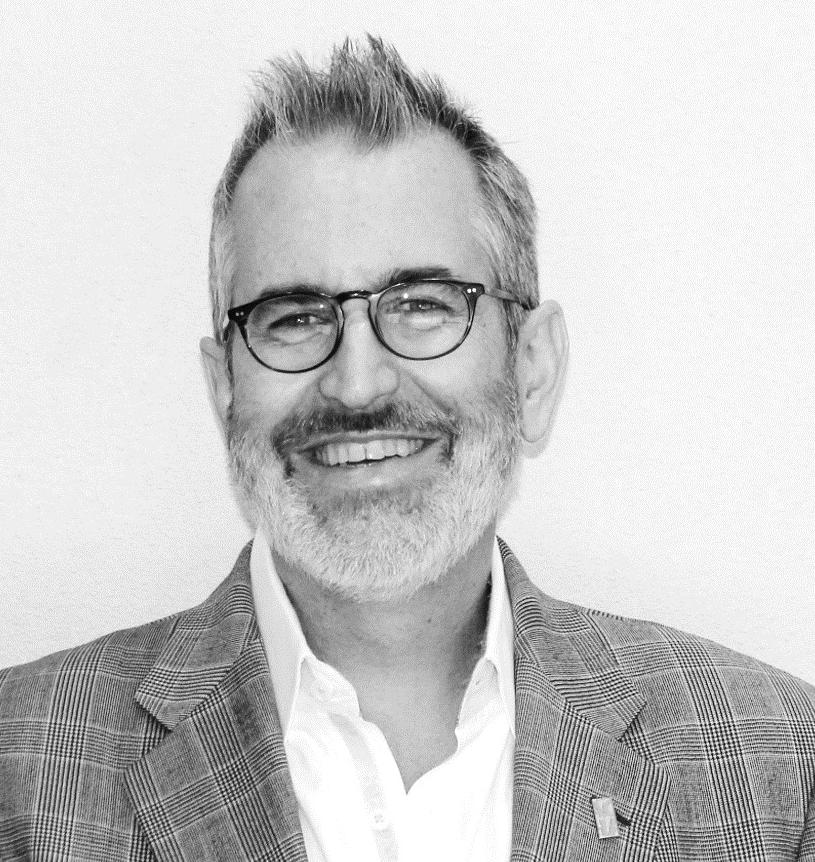
Steven M. Langston, FAIA
AIA Florida | AIA Orlando
Object 2 | Practice (Technical Advancement)
Steven M. Langston's leadership has elevated the aesthetic quality of military and veteran's healthcare architecture by innovatively integrating complex functional requirements to create groundbreaking healing places that inspire and nurture the human spirit.

AIA Washington DC
Object 2 | Practice (Technical Advancement)
Regal Leftwich drives laboratory design into the future through transformative projects, development of national guidelines, innovative research and thought leadership. His advocacy and leadership creates opportunity for Native American architects, advancing the profession.

AIA Florida | AIA Orlando
Object 5 | Alternative Career
Keith Lashley breaks ground literally and figuratively. An architect specializing in construction administration, Keith forges distinctive building projects while structuring his own nontraditional practice path and building career pathways for other historically underrepresented professionals.
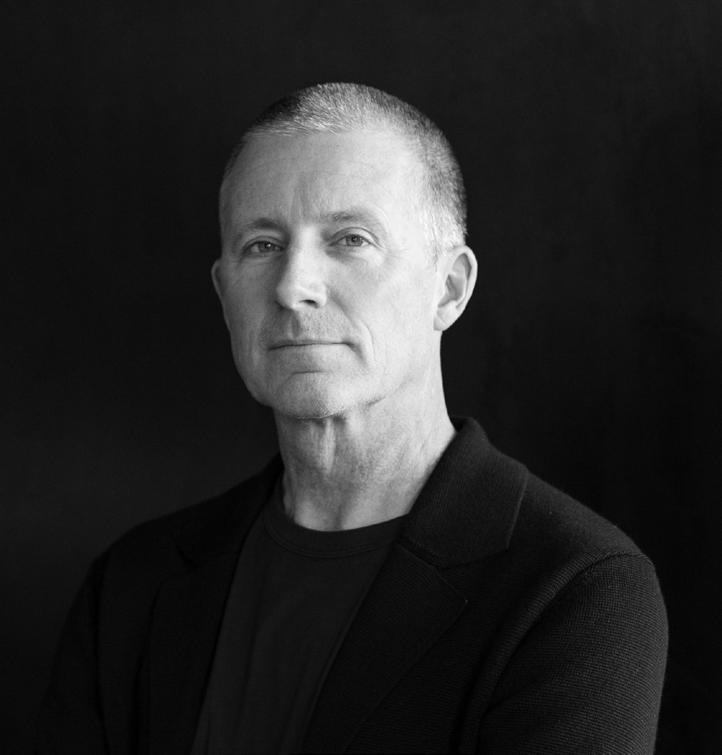
AIA Wyoming Object 1 | Design
In a moment when technology dominates our lives, Eric Logan’s architecture returns us to nature. Drawing from his native Rocky Mountain West, Eric has defined a nationally recognized design language that connects people to place.

Bryan C. Lee Jr., FAIA
AIA Lousiana | AIA New Orleans
Whitney M. Young Jr. Award Recipient
Bryan C. Lee Jr., architect, and educator. A founder in the contemporary Spatial Design Justice movement. His work has significantly advanced the cause of racial, cultural, and social justice in architecture and the built environment.

AIA Minnesota | AIA Minneapolis Object 2 | Practice (Management)
Karen Lu elevates excellence in architectural practice through her valuesbased leadership. She actively cultivates equity in the profession while advancing and expanding the impact of design excellence in the built environment.

AIA California Council | AIA Los Angeles Object 2 | Practice (Technical Advancement)
Heath May draws way outside the lines of traditional Architect roles, evolving technology in practice to elevate project design and delivery. His work has created a groundswell of influence now breaking across the AEC industry.

AIA Pennsylvania | AIA Philadelphia Object 2 | Practice (Management)
Alan Metcalfe, committed to creative, intentional invention, founded a unique practice focused on the relationship between design and human experience, blending architecture, exhibit design, and graphic design to bring communities together with socially engaging spaces.
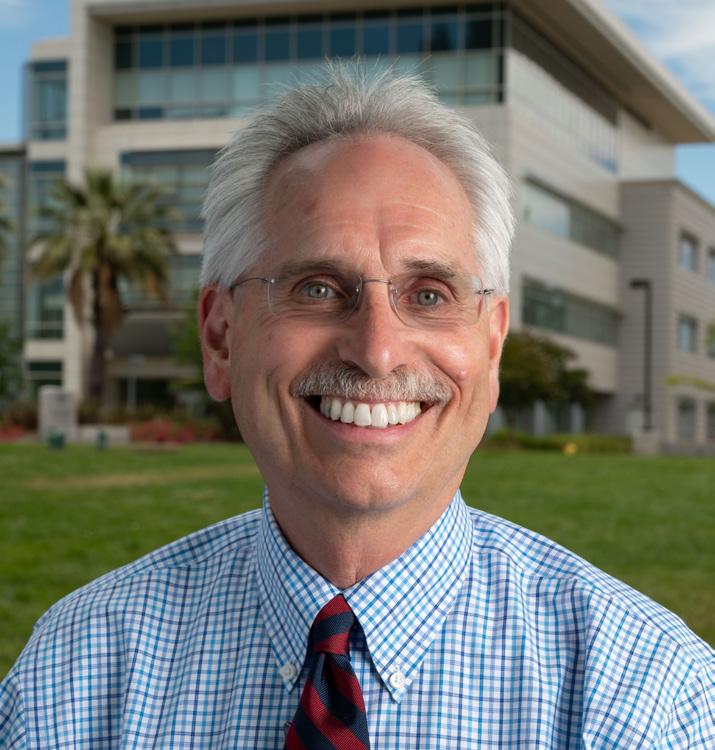
AIA California Council | AIA Central Valley Object 4 | Government
Paul Menard’s leadership, tenacity, and collaborative skills, honed as a designbuild entrepreneur, unite diverse people and perspectives in government, leading to the creation of comprehensive, nationally recognized design standards for judicial and healthcare facilities.
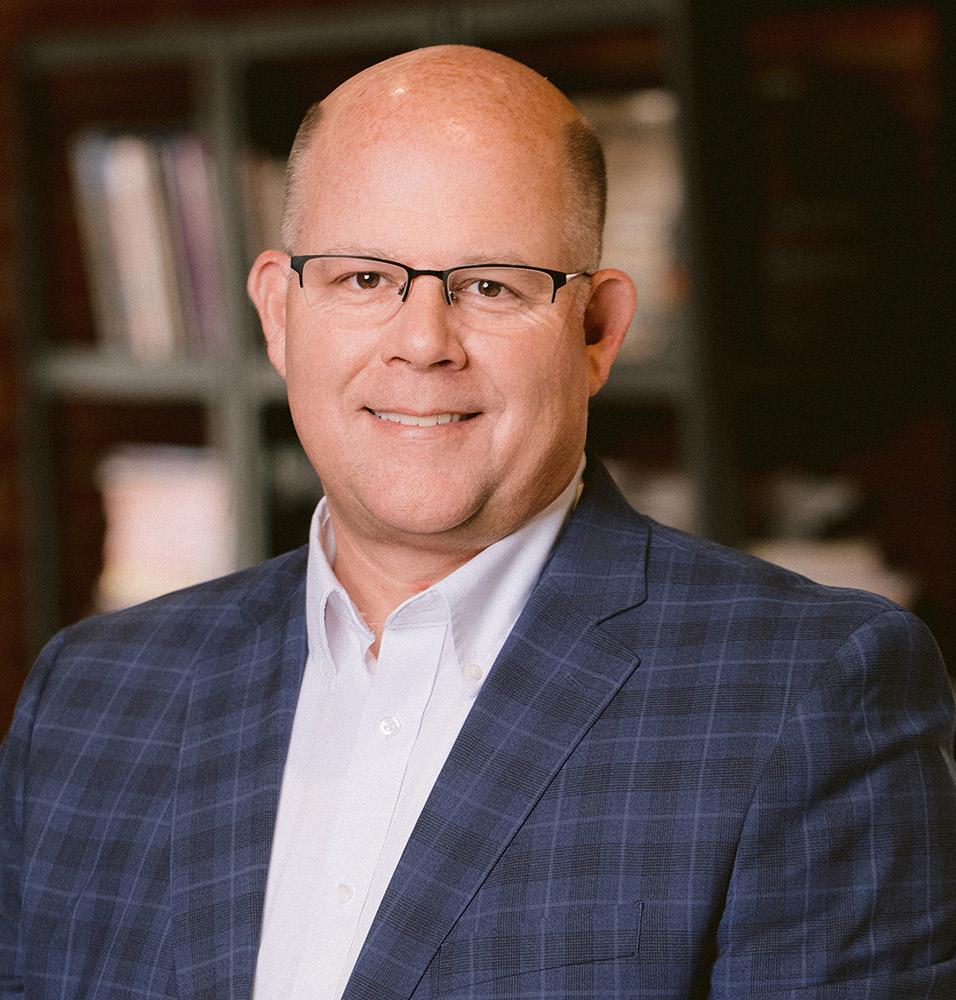
AIA Ohio | AIA Columbus Object 2 | Practice (Management)
Through engaged mentorship and an enriching firm culture, Christopher Meyers, AIA has established a visionary, multi-disciplinary national practice model that sparks community activism among emerging professionals, accelerates access to licensure, and creates lasting design impact.

AIA New York State | AIA New York Chapter Object 1 | Design
Brian Messana is an internationally acclaimed architect who masterfully distills spaces into essential components, harnessing light, scale, and thoughtfully considered details to evoke emotion, enhance experiences, and create a distinct sense of place.
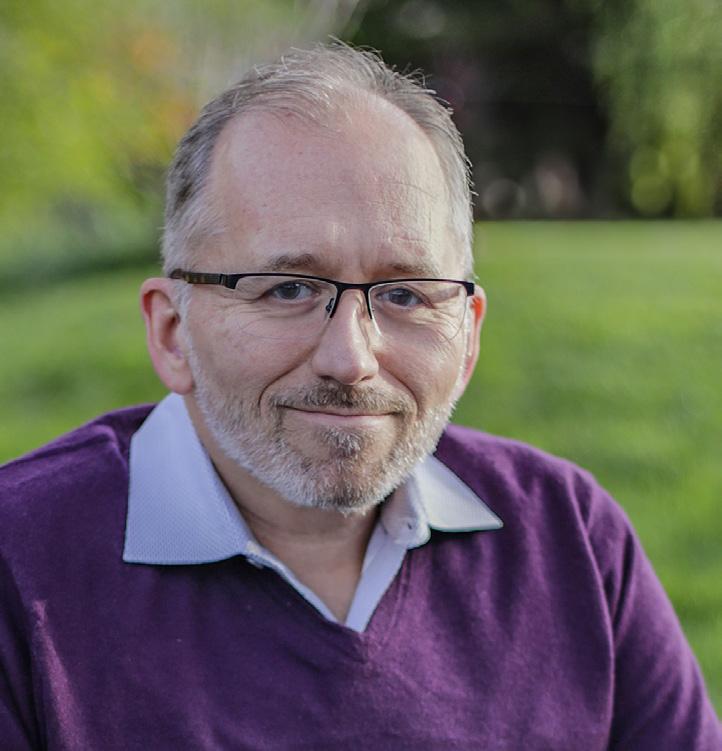
AIA California Council | AIA East Bay Object 2 | Practice (Technical Advancement)
Erick Mikiten’s leadership in Universal Design, code development, and built projects have shaped the national discourse on inclusive design. His lived experience, teaching, and design tools encourage others to achieve new levels of global equity.
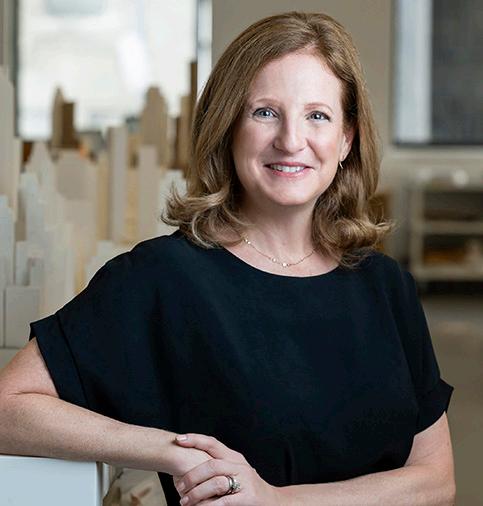
Deborah Finkelstein Moelis, FAIA
AIA New York State | AIA New York Chapter Object 2 | Practice (Technical Advancement)
Deborah Moelis is at the forefront of inventing and implementing sustainable solutions, changing the building industry, designing resilient futures for diverse populations, and vigorously sharing her expertise to empower her peers, developers, institutions, and governments.

Derek A.R. Moore, FAIA
AIA New York State | AIA New York Chapter Object 2 | Practice (Technical Advancement)
Derek A.R. Moore, Ph.D, AIA, has created a structured planning process for airport terminals and rail hubs, influencing transportation architecture globally and enhancing passenger journeys with locally resonant design.
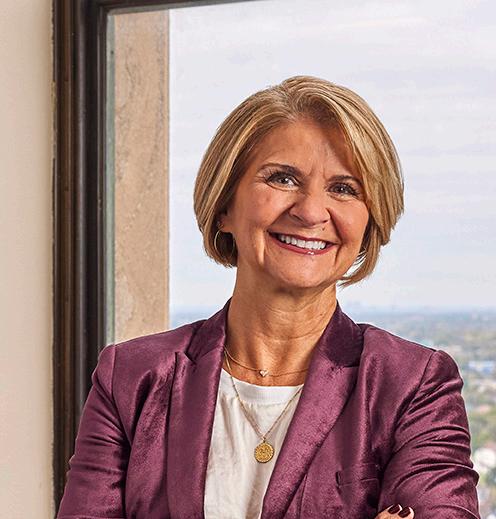
Kimberly Montague, FAIA
AIA Michigan | AIA Detroit
Object 2 | Practice (Technical Advancement)
Kimberly Montague redefines architecture, forging bold paths for inclusive design that reshapes communities. Her leadership transforms healthcare environments and amplifies marginalized voices, setting new standards for equity while mentoring the next generation of visionary architects.
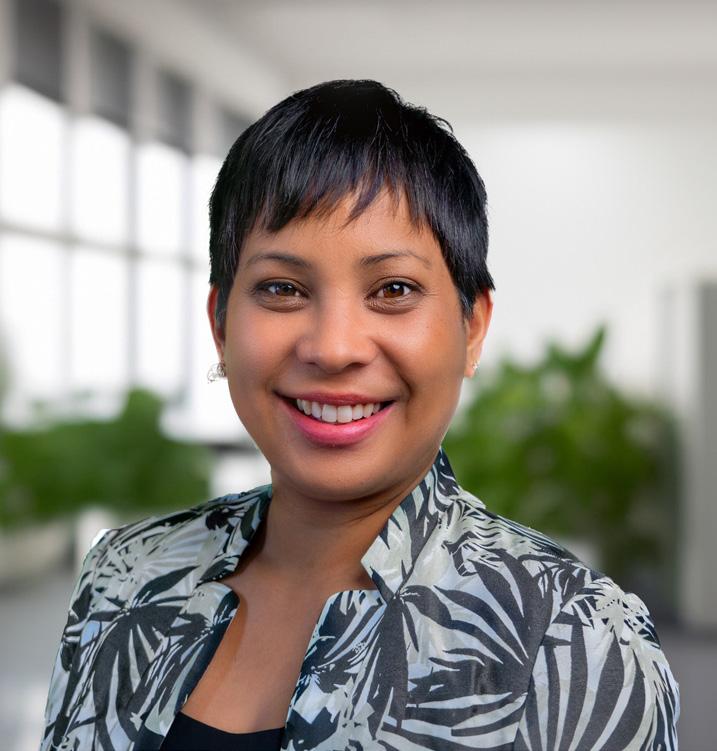
Catherine C. Morrison, FAIA
AIA North Carolina | AIA Charlotte Object 3 | Led a Related Organization
Cathy Morrison’s ongoing leadership driving regulatory reform and promoting diversity in the architecture field reflect her unwavering commitment to shaping an inclusive and progressive future for the profession within NCARB and AIA.

Jonathan D. Moody, FAIA
AIA Ohio | AIA Columbus Object 2 | Practice (Management)
Jonathan Moody, AIA, believes everyone should have access to high-quality design. He leverages architectural design in historically overlooked communities as a catalyst for their transformation and demonstrates how community development can empower future generations.
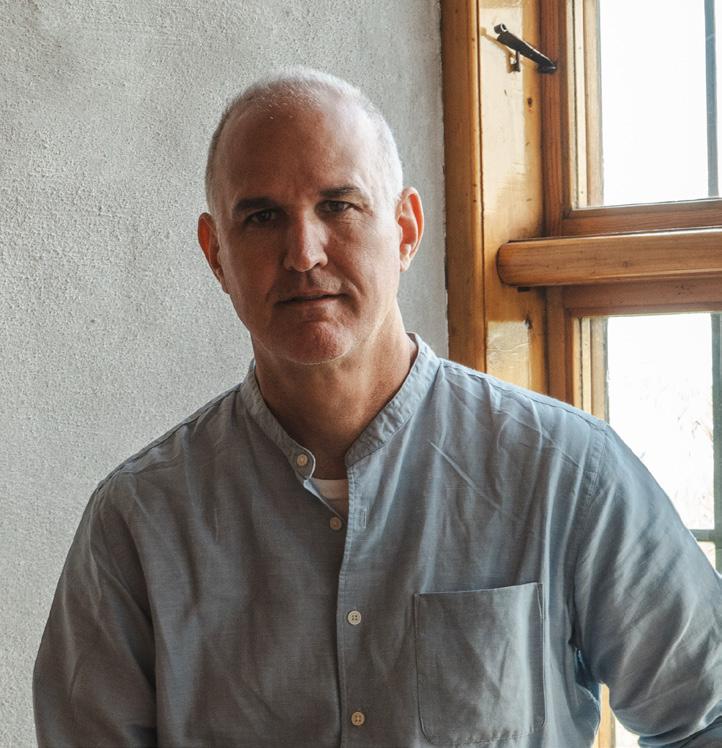
Peter V. Noonan, FAIA
AIA Maryland | AIA Patomic Valley Object 1 | Design
Peter Noonan pursues design excellence as an architect and teacher, thoughtfully shaping the communities he serves. He designs buildings with sophisticated craft, creating immersive, sensoryrich spaces while mentoring the next generation of accomplished architects.

JinHwa P. Paradowicz, FAIA
AIA Illinois | AIA Chicago
Object 2 | Practice (Technical Advancement)
A passionate advocate and architect focused on dignity, equity, and social impact, JinHwa leads transformative design to create healthy environments for underrepresented communities, pioneers intergenerational design, and empowers the next generation of diverse architectural professionals.
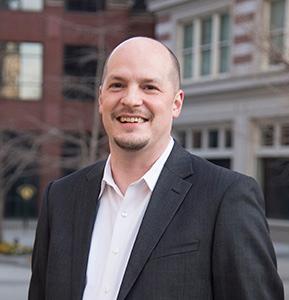
Anthony E. Pellicciotti, FAIA
AIA Tennessee | AIA Memphis
Object 1 | Preservation
Tony is a widely recognized leader in preservation design. His works create connection, community and optimism, reflecting his ability to garner the power of historic structures as catalysts for renewal and resilience.

Jonathan Parks, FAIA
AIA Florida | AIA Tampa Bay
Object 1 | Design
Jonathan Parks balances rationalism with romanticism. Connecting people with place, he passionately champions community identity through urbanism, architecture, and preservation while fostering well-being for a more resilient, equitable, and zero-carbon future in a changing world.

Matthew T. Porreca, FAIA
AIA California Council | AIA San Diego Object 1 | Design
Matthew Porreca elevates design by integrating performance, wellness, community and experience to create innovative work which is humancentered, inspiring environments which celebrates passive design as the path to achieve high performance results.

Garfield Peart, FAIA
AIA Georgia | AIA Atlanta
Object 5 | Service to Society
Inspired by his military officer experience, Garfield Peart continues to serve society to reverse historically inequitable practices through the profession and his community leadership, manifesting his life-long commitment to uplift traditionally under-represented groups and individuals.

Steven R. Raike, FAIA
Texas Society of Architects | AIA San Antonio
Object 1 | Design
Steve Raike's rigorous approach to design marries the craft of architecture with the science of sustainability. His versatile leadership and dedication to mentorship results in influential architecture that brings demonstrable value to people and communities.
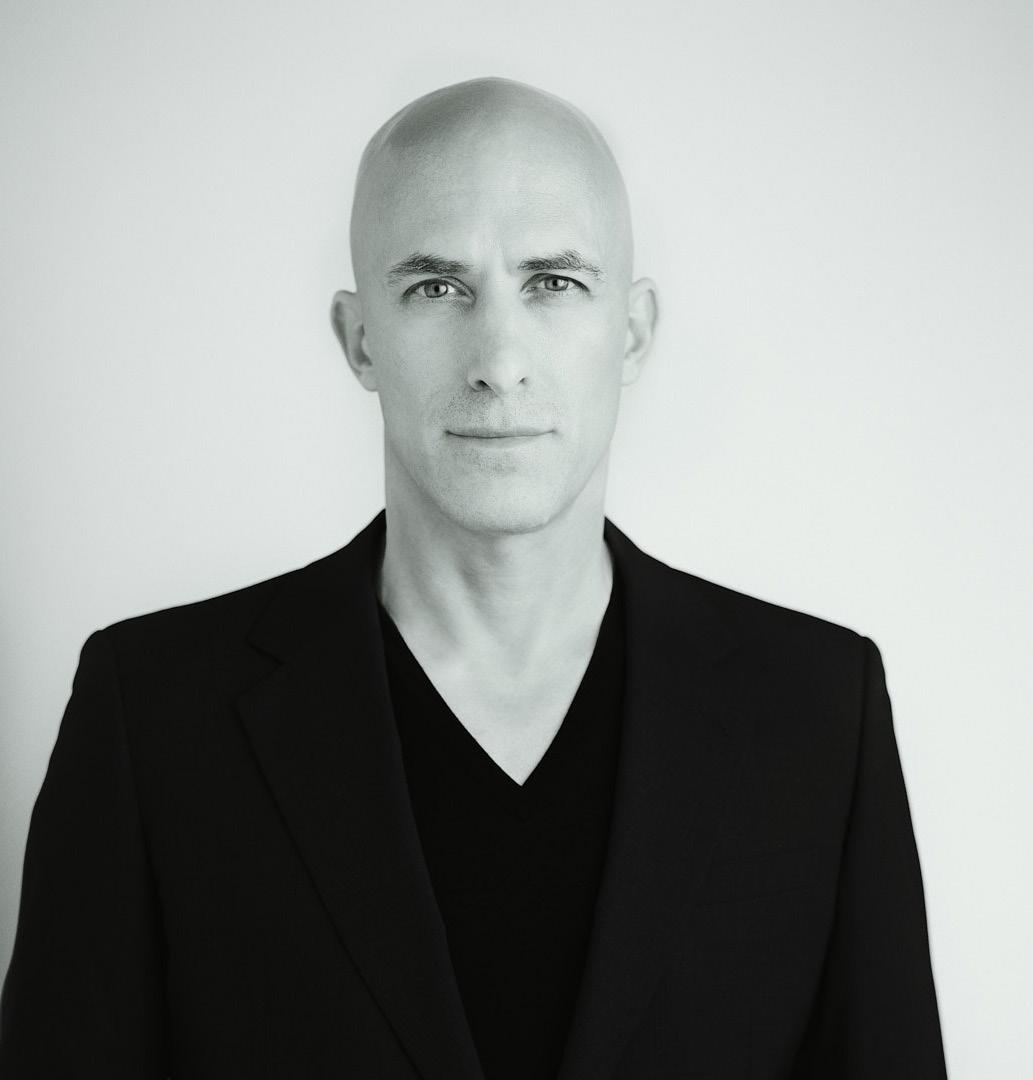
Joshua Stefan Ramus, FAIA
AIA New York State | AIA New York Chapter Object 1 | Design
Joshua Ramus advances architectural typologies by probing first principles and innovating building technologies. The resulting projects are so functionally specific to a client’s mission—and often so surprisingly adaptable—that they beget remarkable aesthetic experiences.

Jeffrey S. Seabold, FAIA
AIA Mississippi
Object 3 | Led a Related Organization
Jeff Seabold has spent his career advocating strongly for a better South with every local, regional, and national organization's leadership role he has served in working to make a more responsible, sustainable, and equitable South.
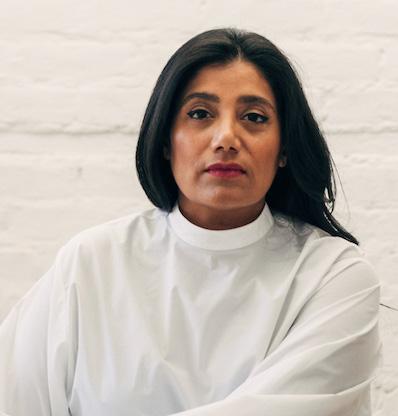
AIA New York State | AIA New York Chapter Object 1 | Design
Suchi Reddy’s work amplifies the power of architecture through the manifesto “form follows feeling.” Her pioneering work at the intersection of architecture and neuroaesthetics champions the positive effect of design on community, equity, and agency.
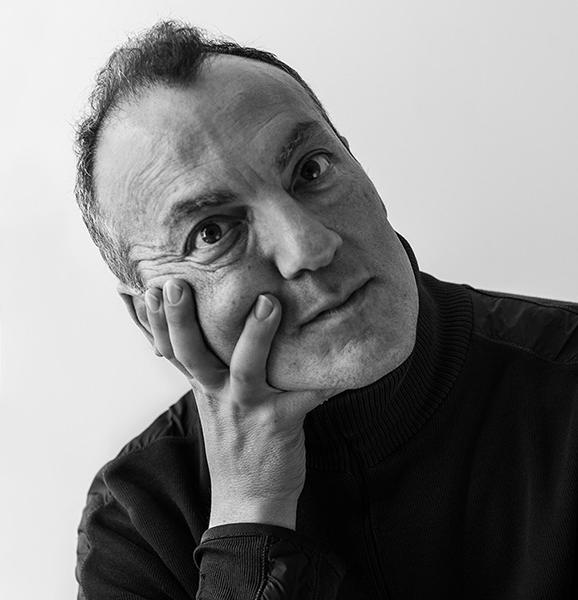
AIA California Council | AIA San Francisco Object 6 | Literature
Pierluigi Serraino’s writings reassess the modernist tradition of the 20th century and its impact on present-day practice, extracting lessons of continuing relevance for contemporary architecture.

Thomas F Robinson, FAIA
AIA Oregon | AIA Portland Object 1 | Design
LEVER founder Thomas Robinson’s research-based design practice has changed the trajectory of mass timber architecture with ground-breaking buildings that demonstrate innovation and engagement can be transformational tools for design excellence.

AIA Massachusetts | Boston Society of Architects Object 2 | Practice (Technical Advancement)
Through research and through practice, Frank Shirley has published a widelyreferenced books and studies, and deftly rehabilitates and adapts historical buildings. He is a tireless public advocate for carrying forward the legacy of historical buildings.
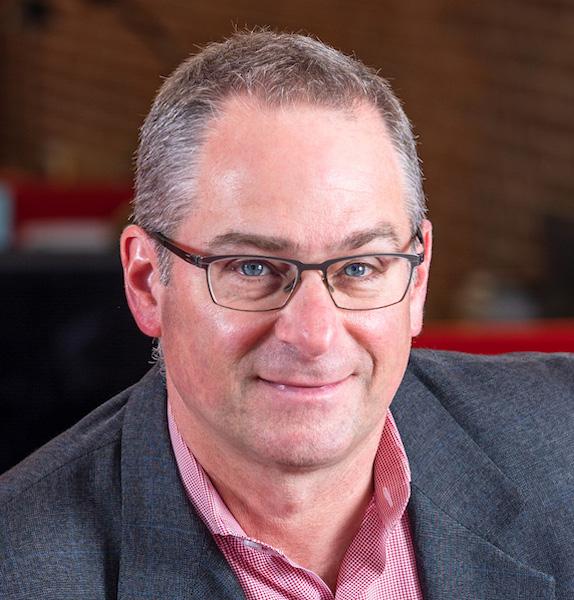
David J. Silverman, FAIA
AIA Massachusetts | Boston Society of Architects Object 5 | Service to Society
Listening while leading, David Silverman works with nonprofit and social impact organizations experiencing transition to turn obstacles into design opportunities. They create spaces, physical and relational, for young people, students, communities, and organizations to thrive.

James C. Stevens, FAIA
AIA South Carolina | AIA Greenville Object 6 | Education
James Stevens balances technical practice with architecture’s theoretical underpinnings. He established research labs in the U.S. and internationally that connect practice and the academy with digital tools to train new generations of architects.
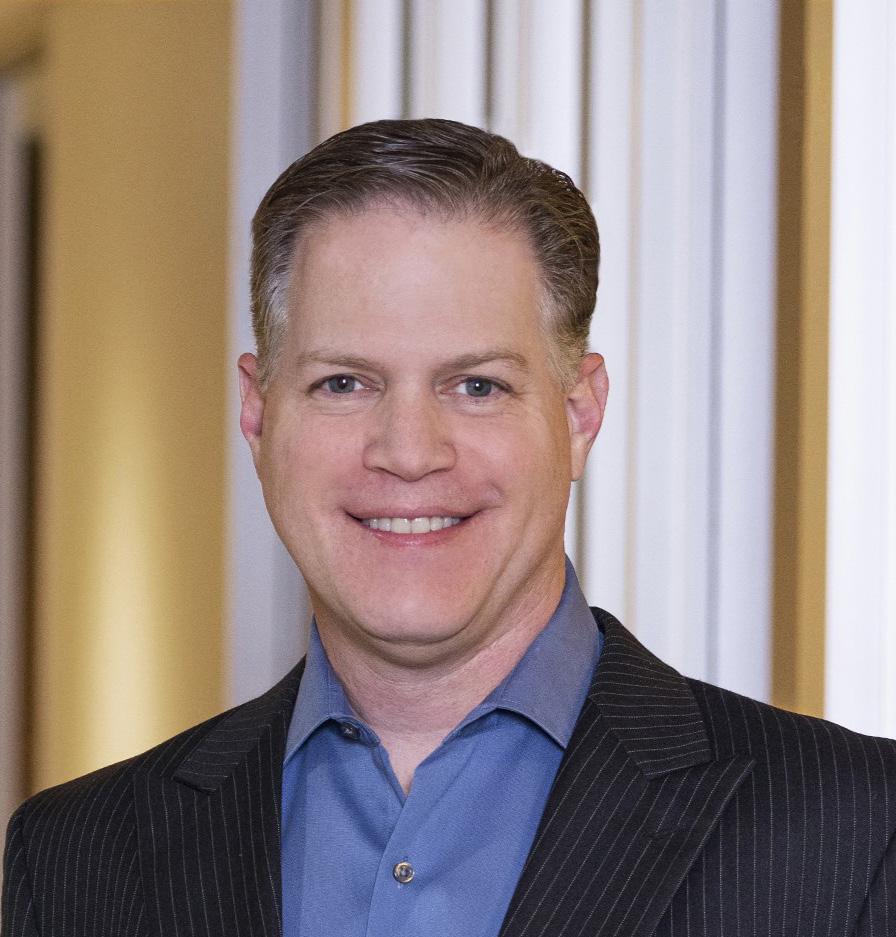
Stephen C. Springs, FAIA
Texas Society of Architects | AIA Dallas Object 2 | Practice (Technical Advancement)
Stephen Springs enriches community life through service, planning, and design of civic recreation and aquatic projects. A nationally recognized leader, he persistently champions communityfocused approaches, elevating the science, art, and impact of quality-of-life projects.

Gary L. Strang, FAIA
AIA California Council | AIA San Francisco Object 5 | Alternative Career
Both architect and landscape architect, Gary Strang brings lyricism, nature and ecology to architectural design and intellectual rigor and architectural discipline to landscape design through his richly diverse, award-winning interdisciplinary practice.

AIA California Council | AIA San Francisco Object 2 | Practice (Technical Advancement)
Adrianne Steichen, a lifelong organizer, leader, and active contributor to missiondriven causes, champions the needs and desires of under-served city dwellers, deftly blending inventive design and diplomacy to ennoble lives and enrich neighborhoods.

AIA New York State | AIA New York Chapter Object 2 | Practice (Technical Advancement)
Mark Thaler has created a vibrant, impactful education practice by developing a unique participatory discovery framework and robust research methodology that benefits educators, students, designers, and the community at-large across age, socioeconomic, and geographic spectrums.
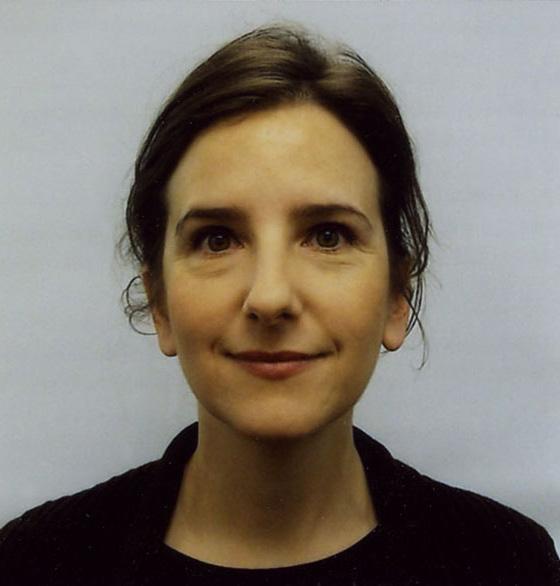
Georgeen A. Theodore, FAIA
AIA New York State | AIA Brooklyn Object 1 | Urban Design
Looking closely at what is already there, and developing beautiful, pragmatic and surprising forms of reuse and transformation at different scales, Theodore models a visionary, responsible, sustainable, and community-based practice of urban design.
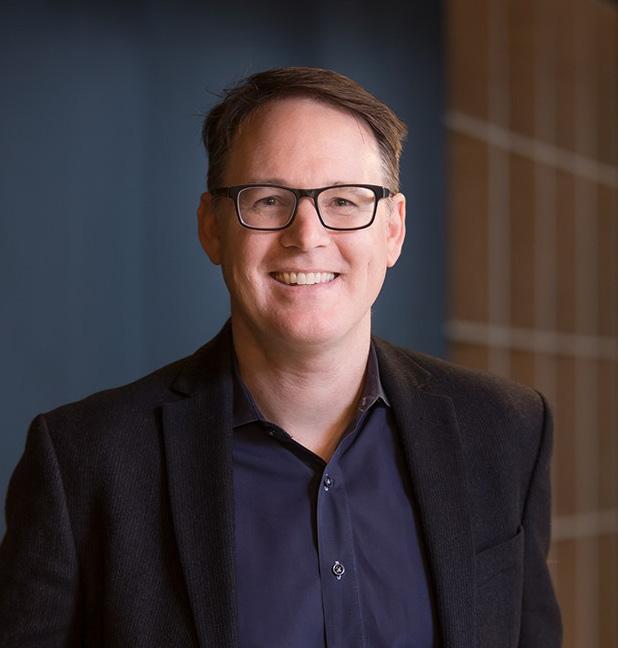
Taylor C. Walker, FAIA
AIA Minnesota | AIA Minneapolis Object 2 | Practice (Technical Advancement)
Tate is transforming the architectural profession through climate positive design with his practice, knowledge sharing, and advocacy across the country.
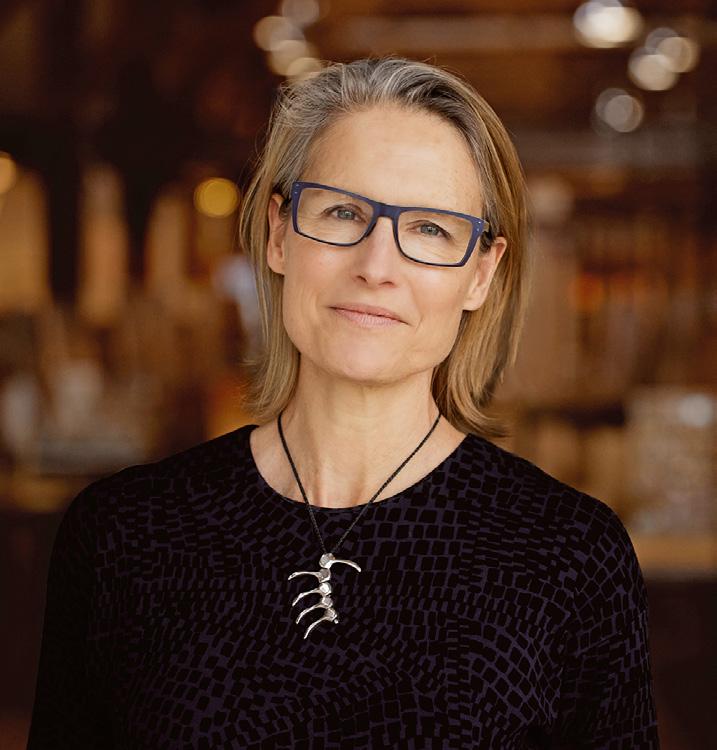
Anne Mary Torney, FAIA
AIA California Council | AIA San Francisco Object 2 | Practice (Technical Advancement)
Anne Torney has advanced the design of affordable housing, demonstrating the potential of high-performance affordable housing as multi-benefit urban infrastructure to advance equity and combat climate change.
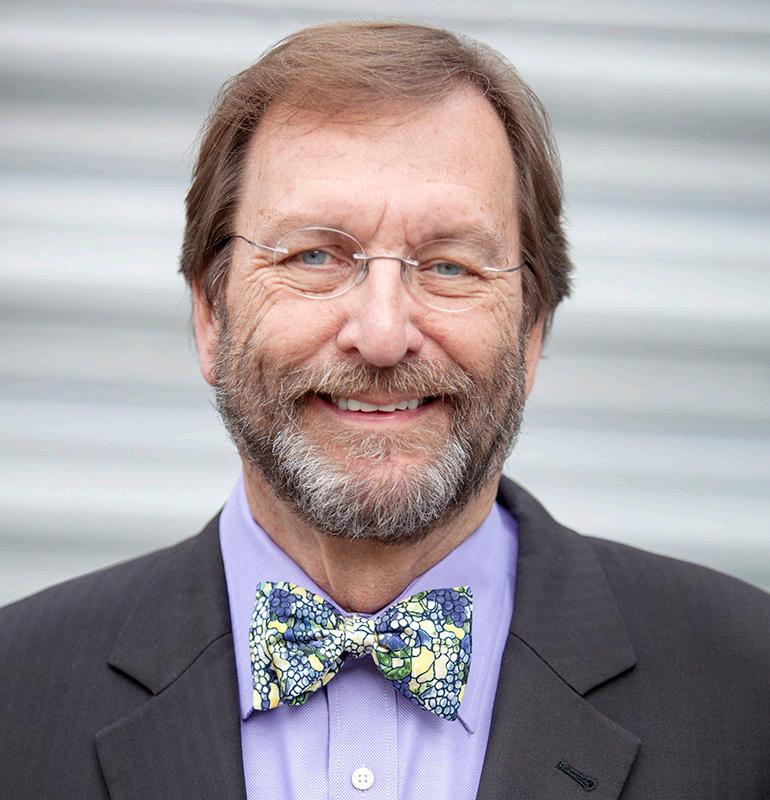
Thomas J. Walsh, FAIA
AIA Colorado | AIA Denver Object 2 | Practice (Management)
Thom Walsh’s leadership of the world’s most complex and pivotal airport terminals advances the typology with new technology, unconventional approaches and a focus on people. The beneficiaries are millions of travelers and airport employees worldwide.

Ekaterina Velikov, FAIA
AIA Michigan | AIA Hruon Valley Object 6 | Research
Kathy Velikov is a national leader in architectural design research, education, and creative organizations, advancing environmentally, technologically, and socially focused built environments through analysis, prototyping, and visualization for architectural material assemblies and urban infrastructures.

Brian Wickersham, FAIA
AIA California Council | AIA Los Angeles Object 1 | Design
Brian Wickersham designs architecture rich in duality, deftly balancing minimalism with expressiveness, reclamation with transformation, and interior connections to outdoor spaces. He translates this duality to advance nonprofits by balancing need with artistry and inventiveness.

Jerry Jie Yin, FAIA
AIA International | AIA Shanghai
Object 5 | Alternative Career
Jerry Yin leads the development of groundbreaking real estate projects across China. His visionary leadership redefines social, restorative, and technological possibilities, transforming living environments and setting new standards for innovation and sustainability.

AIA California Council | AIA San Francisco
Object 2 | Practice (Technical Advancement)
Jim leads one of the most influential architect led DesignBuild firms in the country. His practice, integrating award winning design, construction and craft, informs and inspires clients, architects and builders nationwide.

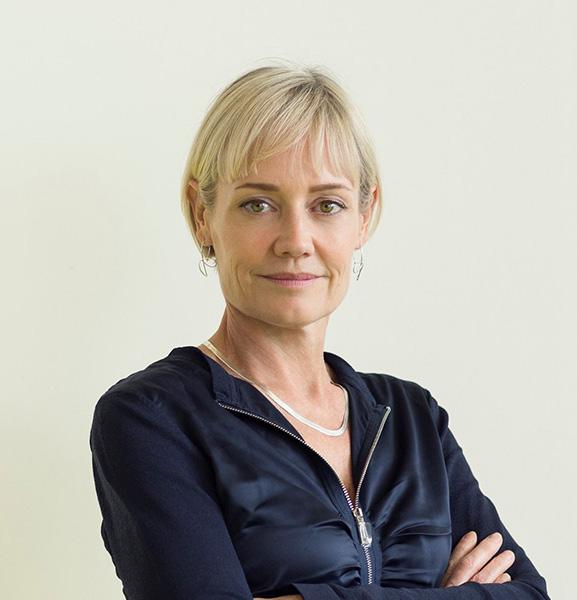
Alison Brooks, Hon. FAIA
London, England
Object 1 | Design
The architecture of Alison Brooks is both uniquely sculptural and profoundly responsive. She is a global voice and educator championing housing’s civic role, advanced timber design and the art of detailing.
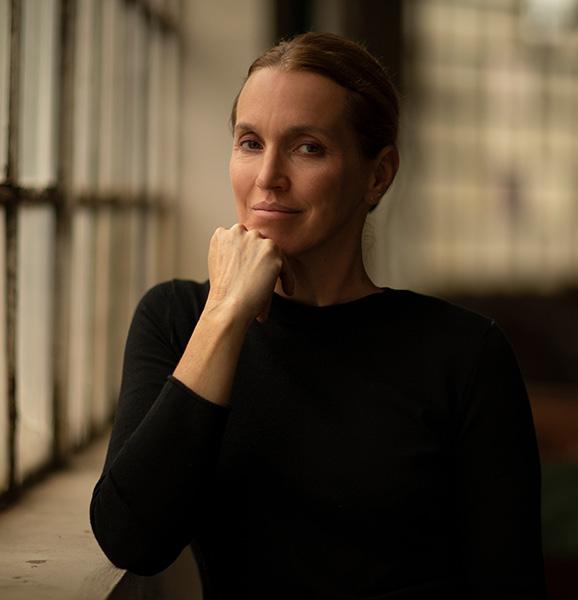
Tatiana Bilbao, Hon. FAIA
Mexico City, Mexico
Object 1 | Design
Tatiana Bilbao’s designs emphasize human connection, responsible construction, and cultural context. Her work combines research and design to focus on spaces that aim to become platforms for everyone to define their way of living.

Kain Bon Albert Chan, Hon. FAIA
Shanghai, China
Object 5 | Service to Society
Albert Chan has created significant communities of "Place" throughout China. His collaborative commitment to sustainable, human scaled, mixeduse districts has preserved historically significant districts while transforming them into modern districts of identity and value.

Junya Ishigami, Hon. FAIA
Tokyo, Japan
Object 1 | Design
Junya Ishigami always challenges existing construction methodologies and proposes new possibilities to realize his perspectives. He evaluates environment without classifications or boundaries: landscape can become architecture, architecture can also merge into the landscape.
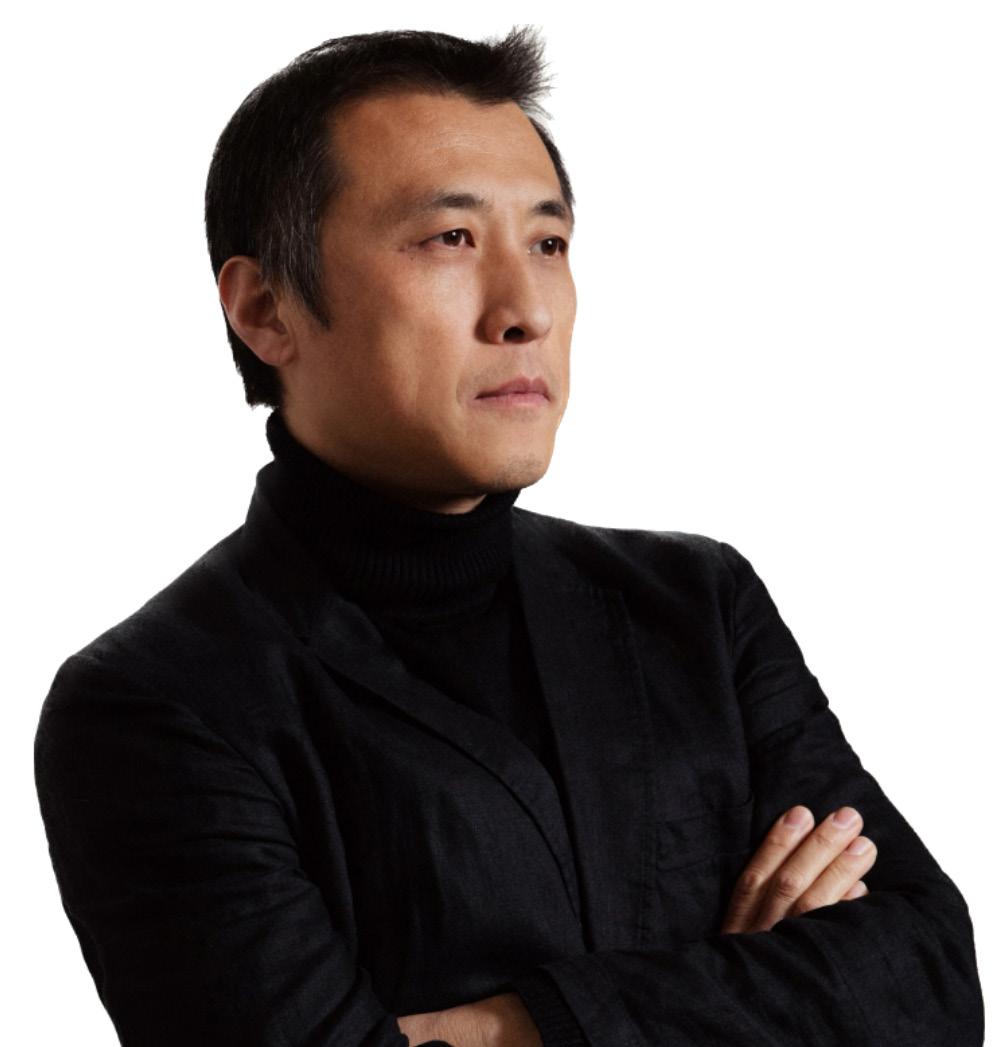
Beijing, China
Object 1 | Design
Li Hu's architecture has radically transformed people's understanding of buildings from various perspectives, poetically revealing the spatial unity, in which, the past and the future, local and global, building and nature are organically integrated.

Mumbai, India
Object 1 | Design
Brinda Somaya’s inclusive design process skillfully reflects the cultural diversity of India’s 1.4 billion people. Somaya blends contemporary architecture with cultural traditions, cultivating a just society that celebrates new experiments and proudly preserves the past.

Mexico City, Mexico
Object 1 | Design
Michel Rojkind redefines architecture by integrating innovative, empathetic design and challenging traditional models. He enhances community, sustainability, and inclusivity, fostering spaces that elevate culture and environmental connection through socially responsible, cuttingedge solutions.

Melbourne, Australia
Object 1 | Design
Founder of KTA (1994), Kerstin Thompson has radically changed the way Australians think about heritage, landscape and the whole business of design through significant built works, extensive advocacy and teaching efforts.

Masaharu Rokushika, Hon. FAIA
Tokyo, Japan
Object 3 | Led a Related Organization
Masaharu Rokushika redirected focus and coalesced the Japanese architectural profession towards sustainability. Recognizing SDGs and climate action as inclusive endeavors, he developed outreach initiatives to build consensus among architects, the public, policymakers, and international partners.

Shanghai, China
Object 1 | Design
An interdisciplinary practitioner, visionary thinker, and committed educator, Neri champions adaptive reuse, as well as urban and rural revitalization. His work ensures that spaces endure as catalysts for cultural expression, social transformation, and environmental resilience.
205 Totals
Candidates
142 1st Year Submission
Candidates
48 2nd Year Submission
Candidates
15 3rd Year Submission
67.07%
6.10%

The College of Fellows Executive Committee extends a sincere Thank You to the 2025 Fellowship jurors and AIA staff for the significant time they spent during the deliberation process over the last four months.
The jury members represent a diverse mix of geographical and Fellowship Object mix. Each juror reviews 1/10 of the total submissions prior to the in-person jury deliberation and is responsible for presenting their assigned candidates to the whole jury.
At the deliberation meeting, each juror reviews the summary section for each and every candidate. As a rule, no juror may review candidates from their own firm or state, or if they served together on a national board or committee.
Candidates are introduced, and the presenting juror highlights the aspects of the submission that either support or do not support the claims. The jury then deliberates on the merits of each candidate. During the voting process, one juror abstains (either the juror from the candidate's state or firm, or the next presenter). A majority vote from eligible jurors is required for an individual to be elevated to Fellowship or Honorary Fellowship.
Any tied votes are deferred until the end of the deliberation and are then revisited. There are no quotas on the number of candidates elevated, number of candidates per category, or number of categories per AIA component or state.
• Carl D'Silva, FAIA, Chair
• Roderick Ashley, FAIA,
• Margaret Carney, FAIA,
• Sanford Garner, FAIA,
• Julie Hiromoto, FAIA,
• John Horky, FAIA
• Mary Ann Lazarus, FAIA,
• Marilys Nepomechie, FAIA
• Anne Schopf, FAIA
• Jose Javier Toro, FAIA
• Joseph Ruocco, FAIA
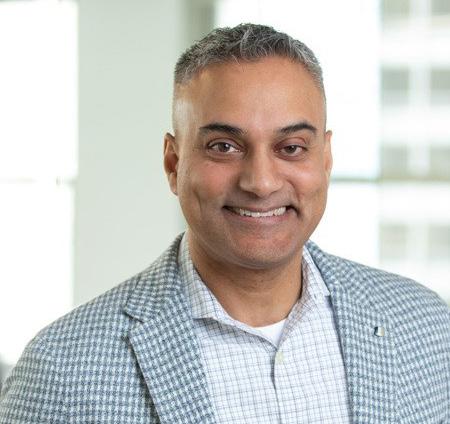
Perkins&Will, Chicago, IL
Carl D’Silva, an internationally-recognized, award-winning architect and Principal at Perkins+Will in Chicago. Carl’s belief that world-class modern architecture is feasible only through intricate understanding and integration of the design and technical sides, has driven his growth as an architect throughout his career. His development of complex designs and systems in mega-projects was instrumental in the successful delivery of signature buildings.
Whatdidyoutakeawayfromthisjuryexperience?
Although I had previously been active in supporting/reviewing Fellows candidates in the Chicago chapter, serving on the Jury of Fellows these past three years was a more intense, yet still rewarding, experience. What was unexpected for me was the feeling of privilege of seeing the career achievements of the leaders of our profession, and the responsibility we have as jurors to provide a thorough review of their portfolios.
Whatadvicewouldyouoffertothoselookingtoapplyfor Fellowship?
I always encourage candidates to try to view themselves objectively through the lens of an unbiased third party. Focus should be on demonstrating accomplishments and achievements of the candidate that furthered the project, the profession and society, rather than just being a part of a successful team. It is important to review the submission requirements carefully and understand the focus of each Object. Ideally, portfolio strategizing should start well in advance of the planned year of submission.
Please see our interview with Carl on page 35 of this issue!

Roderick Ashley Architect, Portland, OR
Roderick Ashley, FAIA, is a sole-practitioner working in Portland, Oregon. Rod’s work has taken him throughout the western US and spans from Portland to New York and from Alaska to Hawaii and American Samoa. His work has received numerous awards and projects have been showcased in national and international publications, including Architectural Digest, Custom Home and Fine Homebuilding, and has also been featured on Home and Garden TV.
Whatdidyoutakeawayfromthisjuryexperience?
Having sponsored, written reference letters and letters of privilege for numerous members, it is humbling and a large responsibility to sit on the other side of the table. The quality of the work for all the applicants was very high and inspiring. I was pleased to be part of a jury who was well prepared, wanted everyone to have an equal chance at elevation, and treated all submissions with equal respect and were not afraid to express their opinions.
Whatadvicewouldyouoffertothoselookingtoapplyfor Fellowship?
Look at the application process as a journey and a time for reflection. For members who have applied for Fellowship, the act of preparing the submission is worth the effort itself when looking at and recording a career. For those beginning to think about Fellowship, archiving and collecting information are tasks that can become daunting, and it is to your advantage to begin preparing early.
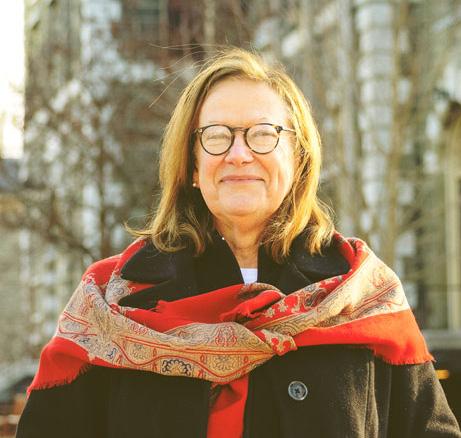
Cornell University, Ithaca, NY
Margaret M. Carney, FAIA is the University Architect for Cornell University, her alma mater, where she leads she planning and design of Cornell’s built environment. Prior to this role, Margaret served as Associate VP, University Architect and Planner for 14 years on three other campuses in DC, Philadelphia and Celveland. Earlier in her career, Margaret worked with a number of leading Architects firms including TAC, SOM, Sasaki, and Ben Thompson Associates.
Whatdidyoutakeawayfromthisjuryexperience?
I came away feeling inspired, uplifted by the powerful stories each candidate shared. It's a privilege to hold the portfolio an individual has spent so much time preparing and read between the lines; see the places they have made, the people they have raised up, and know that collectively, we are making a significant difference in this world.
Whatadvicewouldyouoffertothoselookingtoapplyfor Fellowship?
Don't rush it! Don't feel pressured or compare yourself to others. Create a thoughtful storyline that reveals your personal and unique path and achievements, documenting what you set out to do, what you have achieved, and why it matters. How have you made the world better, and for whom?
WhatqualitiesmakeagreatjuryofFellowsmember?
Members of the jury have to be open minded and a bit of a detective, looking for clues that reinforce a candidate's initial statement and fit together in a way that reveals true passion, commitment, and impact. It's important that the jurors see the potential and articulate recommendations to those not elevated in a way that encourages candidates to trust themselves and to revise & resubmit!
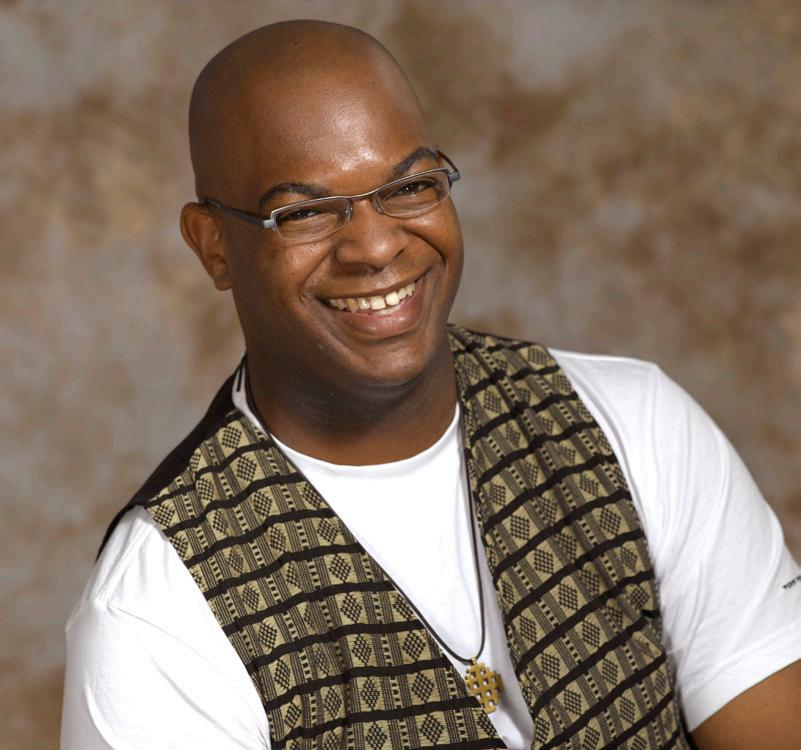
RG Collaborative, Indianapolis, IN
Through his role as founding partner at RG Collaborative, Sanford Garner has focused on historic preservation, master planning, project assessment, and urban design. His experiences and interests in these areas were developed through his architectural studies at Howard University, in Washington DC, Helsinki, Finland and at University of California, Los Angeles, and through his work with DC Preservation League and HABS/HAER.
Whatdidyoutakeawayfromthisjuryexperience?
Participating in the fellowship jury is exhilarating, exciting, and engaging. It will drain you both mentally and physically, but it is so very worth all the time and effort participating in the jury process.
Whatadvicewouldyouoffertothoselookingtoapplyfor Fellowship?
Come with an open mind and be prepared to share your opinions and willing to hear others.
WhatqualitiesmakeagreatjuryofFellowsmember?
Humility, drive, and an open mind. You need to be willing and able to review each candidate individually based on their submission. You do not compare and contrast candidates as each individual is unique and separate.

Julie Hiromoto, FAIA
HKS, Dallas, TX
Julie Hiromoto, FAIA harnesses the built environment’s power as a positive force to heal seemingly intractable social challenges. She transforms architectural practice to embrace a regenerative and evidence-based future, while fostering equity and human health as an HKS Partner and firmwide director of integration. Her advocacy efforts include 2020 Congressional Testimony on energy efficiency, fuel source and the market’s ability to innovate.
Whatdidyoutakeawayfromthisjuryexperience?
The jury experience was incredibly rewarding. Not only through learning about the amazing work our peers are leading, but also in developing relationships with the other jury members. I learned a lot from the candidates and the other jurors.
Whatadvicewouldyouoffertothoselookingtoapplyfor Fellowship?
For better or worse, the Fellowship program has a rubric. It is a challenge to achieve elevation if you don’t understand and then lean into that structure. As individuals, our lives and work don’t always neatly fit into a pre-defined bucket—that’s the story of my career. To be elevated, you should pick the best fit and then demonstrate how your work and industry contributions exceed the expectations outlined.
WhatqualitiesmakeagreatjuryofFellowsmember?
This group of jury members was incredibly humble. We were all there to learn the process, learn from the candidates, and learn from each other. One quality for success is knowing what you don’t know, or being very quick to identify where your personal context and knowledge is lacking and lean on others in the group to help orient you.

Ripples,
by design, Milwaukee, WI
John’s passion is aligning design professionals with opportunities and resources for them to excel. This led to John becoming a Principal at Kahler Slater, and his 23-year role leading their HR team. During John’s stewardship, the firm was recognized 15 straight years by the Great Place to Work Institute as a “Best Small Company to Work for in America.” His passion is also evidenced through his career-long service to the AIA.
Whatdidyoutakeawayfromthisjuryexperience?
A profound appreciation for the great respect each Juror had for our members’ passions and their career contributions and service to others. Our members’ submittals (stories) of leadership and impact were tremendously inspirational!
Whatadvicewouldyouoffertothoselookingtoapplyfor Fellowship?
1. Follow the rubric; follow the rubric; follow the rubric! It is a guide to help you focus your story in a manner the Jury is best able to comprehend and act upon. 2. Seek the counsel and resources available through your local, state and/or regional Component(s). 3. Review the “Best of” examples of recent submissions, found online at AIA.org.
WhatqualitiesmakeagreatjuryofFellowsmember?
A sincere curiosity about, and empathy for, our members’ career stories; an open-mindedness to others’ points-of-view; being highly collaborative; while maintaining a resolve to apply the rubric as much as possible in a fair and consistent manner.

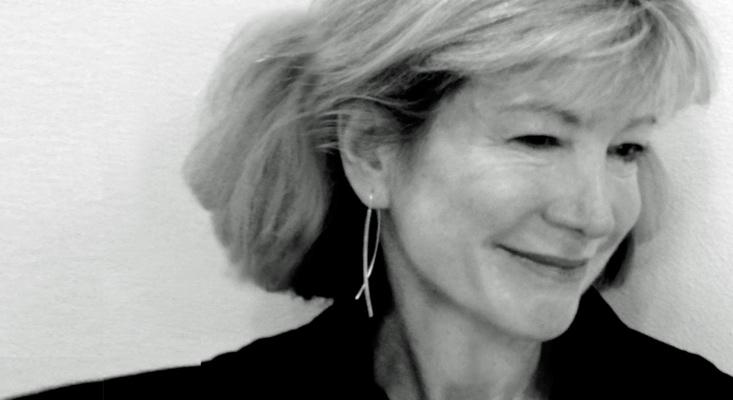
Marilys Nepomechie, FAIA
Cameron MacAllister, St. Louis, MO
Mary Ann is a Principal Consultant with the Cameron MacAllister Group where she works with design firms towards creating built environments that meet climate action and resilience outcomes and design excellence. Mary Ann was hooked on sustainability long before it was a well-known term, studying passive design and early solar strategies at her Masters in Architecture program in the mid-1970s. This led to a 35-year career driving sustainability within HOK and across the architectural profession.
Whatdidyoutakeawayfromthisjuryexperience?
This is like no other jury experience I’ve had – intense, challenging, eye-opening, tiring and exhilarating all at once.
Whatadvicewouldyouoffertothoselookingtoapplyfor Fellowship?
Use the application process as an opportunity to reflect on your career and identify where you have made the greatest impact based on the Objects. Then go deep on refining the best case you can make. Review the example portfolios on the Fellows website first!
WhatqualitiesmakeagreatjuryofFellowsmember?
Willingness to listen with an open mind and work collaboratively with others while maintaining clarity about the Fellowship goals and criteria.
Florida International Univeristy, Miami, FL
Marilys R. Nepomechie, FAIA, is an architect, Distinguished University Professor of Architecture, inaugural Director of the professional program in Architecture and Associate Dean at the Florida International University College of Communication, Architecture + The Arts. Her creative work and scholarship focus on the environmental, cultural, and social contexts of design.
Whatdidyoutakeawayfromthisjuryexperience?
An even greater appreciation for the extraordinary depth and breadth of excellence in our AIA membership.
Whatadvicewouldyouoffertothoselookingtoapplyfor Fellowship?
Finding a knowledgeable, generous sponsor/ mentor to guide the process is key!
WhatqualitiesmakeagreatjuryofFellowsmember?
Deep respect for each Fellowship applicant; love for our profession and discipline; and trust in the value and integrity of the process. Warm collegiality, keen attention to detail, hard work and a good sense of humor make the work a genuine pleasure

Mahlum, Seattle, WA
As a Senior Design Principal and Director of Design at Mahlum Architects, based in Seattle and Portland, Anne has made a lasting impact on the architectural landscape of the Pacific Northwest through her dedication to sustainable design. She has worked across a diverse range of sectors, including education, healthcare, housing, and commercial mixed-use.
Anne is a dedicated advocate for design excellence and an active participant in fostering meaningful design dialogue through professional engagement at all levels.
Whatdidyoutakeawayfromthisjuryexperience?
The practice and contribution of architecture is as diverse as its membership.
Whatadvicewouldyouoffertothoselookingtoapplyfor Fellowship?
Do your best work, make an impact, and then share it broadly with others with a generosity of spirit.
WhatqualitiesmakeagreatjuryofFellowsmember?
A person who can consistently apply the rubrics set out by the College in each of the Objects while acknowledging the differences that make each of our contributions unique.
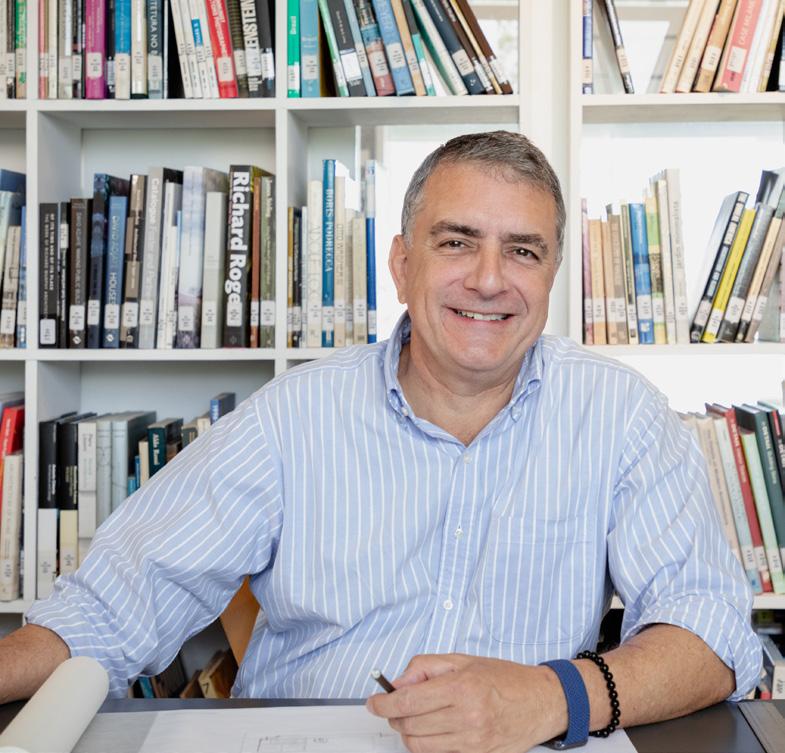
Toro Arquitectos, San Juan, PR
Born and raised in San Juan, Puerto Rico, José pursued his architectural studies in Washington, DC, and Philadelphia. After working in New York City for several years, he returned to Puerto Rico in 1989 and founded Toro Ferrer Arquitectos in 1993. In 2010, he established Toro Arquitectos. From 1998 to 2018, he served as an adjunct design professor at the University of Puerto Rico and the Polytechnic University of Puerto Rico.
Whatdidyoutakeawayfromthisjuryexperience?
Being in the Jury of Fellows was an extremely rewarding opportunity. First, I met and bonded with an amazing group of talented, smart, and hardworking people and I am proud to have been part of this group. Secondly, but just as important, I learned a great deal, more than I could have imagined
Whatadvicewouldyouoffertothoselookingtoapplyfor Fellowship?
Read the instructions very carefully and then read them again and again, you don’t want to be disqualified for forgetting to credit someone or not certifying your authorship of the work. Be very clear that your object of nomination is the correct one. Have an impeccably designed portfolio that is clear, concise, and easy to read. Make sure your sponsor knows you very well.
WhatqualitiesmakeagreatjuryofFellowsmember?
A jury member should not only have the experience and exposure to review any of the objects of nomination, especially the object for which they were elevated, but should also be an articulate, fair, and convivial individual.

Joseph Ruocco,
SOM, Washington, D.C.
Joseph Ruocco, FAIA leads SOM’s civic and government practice from the Washington, DC office, managing complex design programs within the public realm with federal, state, county and international clients. With deep expertise in government projects, he specializes in domestic and international projects, delivering integrated planning, architectural design, interior design, structural and sustainability engineering and branding services.
Whatdidyoutakeawayfromthisjuryexperience?
I was honored to have been appointed by the AIA to serve as a juror for the Honorary Fellows program. Reviewed within the framework of the ten principles of design excellence, it is invigorating to witness the trajectory of so many accomplished architects across the globe who continue to influence the human experience and society through thoughtful design. The work of colleagues - practicing internationally - is impactful, culturally diverse and collectively advances the profession. Reviewing their work at such a high level serves as a barometer for evaluating your own work, engagement and contributions to society.
WhatqualitiesmakeagreatjuryofFellowsmember?
Intellectual curiosity and a continued interest in learning and listening to diverse voices.
Whatadvicewouldyouoffertothoselookingtoapplyfor Fellowship?
Be committed, disciplined, and honest to yourself throughout the process. Engage with other Fellows to listen to their experiences and feedback on your various drafts. Connect with clients, colleagues and mentees to discuss your work to better appreciate the ripple and impact that you and your work may have had on their organizations and careers. I'm fortunate in that the AIA DC Chapter has had a strong Fellows Committee for the past 15-years; our members believe in paying it forward to mentor candidates through a rigorous review process in preparation for the final submission - an amazing group of caring professionals. I think it is also helpful to share with people outside the profession for fresh perspectives. In my case, an afternoon pin-up of my draft submission with my daughter was most memorable.
By Kate Schwennsen, FAIA


Kate Schwennsen, FAIA, 2025 Chancellor of the AIA College of Fellows, virtually sat down with 2025 Fellows Jury Chair Carl D'Silva to learn more about his pathway to fellowship, what inspired him to become a jury memebr, and explore some of his current projects at Perkins + Will.
Kate Schwennsen (KS): Why did you seek Fellowship yourself, and what was the Object of your Fellowship?
Carl D'Silva (CD): During my early years in the profession, I looked up to my senior colleagues who were elevated to Fellow. I had never actively thought about if or when I might apply myself. It was a concept that always seemed more than 10 years away. In 2013, a colleague who was on the Chicago Fellows Committee encouraged me to seek the chapter’s nomination that year. I was initially hesitant since I was unaware of the process, and unsure of how my qualifications measured up to what was needed for elevation. After receiving a nomination, I chose to jump in the deep end and made a concerted effort over that summer to develop a portfolio strategy and content. Luckily, my career matched very well with Object 2: Technical Advancement, and I received good advice on improving the submission. Many candidates have careers that span multiple objects, making it more important for them to craft a story and portfolio strategy that aligns with the structure of the application
process; all the more reason that candidates should seek the advice of Fellows familiar with the review and elevation criteria (just not me for another 3 years).


(KS): Why did you want to serve on the Jury of Fellows?
(CD): After serving 4 years on the Chicago Fellows Committee, and reviewing draft candidate submissions in subsequent years, I felt ready to be a productive member of the actual jury review process and decided to submit an application. I believed I was previously providing appropriate guidance to candidates locally, but did not have firsthand experience to know for certain. Similar to the year I applied, the first year on the jury was a little bit intimidating due to so many unknowns. I was thankful to learn a lot that year from the returning jurors, even adapting my presentation style during Jury Week to be more effective at presenting key information. Whenever I can, I try to tell the story of Rebecca Lewis, who was a 3rd year juror during my rookie season. She was the only juror who was unable to attend in person during the first year after all-remote juries during COVID. Via Zoom, she presented efficiently, and consistently held each candidate to the high standards required to support elevation. She was always a steady voice of reason and logic in the room. I was looking forward to meeting her in person at Conference that June, when we received the sad news in early May that she passed away after a lengthy battle with cancer. Although she must have known that her time was limited, she still chose to spend her last holidays reviewing over 30 submittals, then spending 5 straight 10-12 hour days presenting/deliberating/voting on candidates. No one on the jury knew what she was going through and she never complained or made an excuse once. While we were never able to meet in person, the dedication that Rebecca gave to the Jury of Fellows and candidates is an inspiration that will remain with me for the rest of my career.
(KS): In your opinion, what qualities make a great jury of Fellows member?
(CD): If jurors are able to mentally separate the submissions from the candidates, then it becomes easier to review portfolios with a critical eye. In addition to deciding which submissions meet the standards for elevation, we are also looking to provide unsuccessful candidates useful feedback that can assist them in understanding what areas need to be addressed to better support their candidacy in a future year. Fellows interested in serving on a future jury should look to get involved in their local chapter Fellows Committee. I found efforts there were a great foundation that better prepared me for the national jury. After serving three years on the jury, I was also glad to experience how fellow jurors quickly turn into new lifelong friends. There is no secret Jury of Fellows handshake, but there is a common bond of knowing those who have also gone through the crucible of Jury Week.
KS: On the PerkinsWill website your favorite quote is: “Life is most interesting on the steep edge of the learning curve.” Can you describe an example of this in your life?
(CD): This quote came to me in my early 30’s. I had to Google to see if I had read it somewhere or whether I had just made it up. It was in the middle of construction of the New Bangkok International Airport in the mid 2000’s; the largest single terminal building in the world at the time. I was spending about 50% of my time as the sole Construction Administration architect from Murphy/Jahn on site. While I had worked on only 10-15% of the building during the design stages, I was responsible for addressing

all of the complex design and coordination issues for the entire terminal and concourses during construction. Needless to say, there was a lot of catching up to do, and I went to bed mentally exhausted every night. Although intense, I was energized by the challenge and learned more during this 2-3 year period than at any other time of my life. I ended up using that quote in my fellows submission.
KS: Also on that website the Damen Green Line Station is featured as one of your projects. It looks like an amazing and complicated project. What were this project’s greatest challenges and/or opportunities?
(CD): The Damen Green Line CTA station has been my favorite project to work on at Perkins&Will. One of the design themes that I latched onto as a younger architect is the integration of architecture/engineering and design/ technical, which is often described as “building as machine”. Building systems are exposed and celebrated as architectural components. Optimal technical solutions often provide guidance for design concepts. The Damen Green Line station improves passenger awareness and orientation through open planning and clearly-defined building components that reflect their function. Open shingle glass walls allow for natural daylight and ventilation. Exposed architectural concrete walls house elevators and support back-of-house programs. An NLT structural roof is exposed from below to dually serve as the finished ceiling. And a steel pipe box truss forms the pedestrian bridge that spans the tracks. Even the paint color on the bridge serves as graphic wayfinding identification that CTA passengers can see from afar. The
recently-opened station is now spurring development in the surrounding neighborhood, which was historically underserved by the City.
(KS): AIA President Evelyn Lee’s theme for this year is “Thrive in 25”. How do you plan to “Thrive in 25”?
(CD): I have been Thriving in 2025 by expanding leisure travel to give presentations on a book that was published in 2024: Lost Danish Treasure. The presentation storyline is a combination of Antiques Roadshow and NCIS, with a little whodunnit thrown in. I never get tired of telling the story (my wife can attest to that), which probably goes back to my childhood and digging in the back yard for buried treasure. The highlight so far was a presentation at the Embassy of Denmark in DC, where the Ambassador and Princess Marie each gave opening remarks.
(KS): From the PerkinsWill website, I’ve got to ask: What’s so special about Danish Modern furniture?
(CD): I was instantly attracted to Danish Modern when I was first exposed to it because of parallels with my architecture philosophy: close integration of aesthetic and technical, where a clear understanding of materials, fabrication, and engineering is necessary to produce an elegant and functional design. As opposed to the Bauhaus approach of starting with a clean slate, Modernism arose in Denmark within the context of a strong cabinetmaker tradition and historical furniture designs. There is a warmth in Danish Modern furniture designs from the 1940’s and 1950’s that still resonates with younger generations today.

